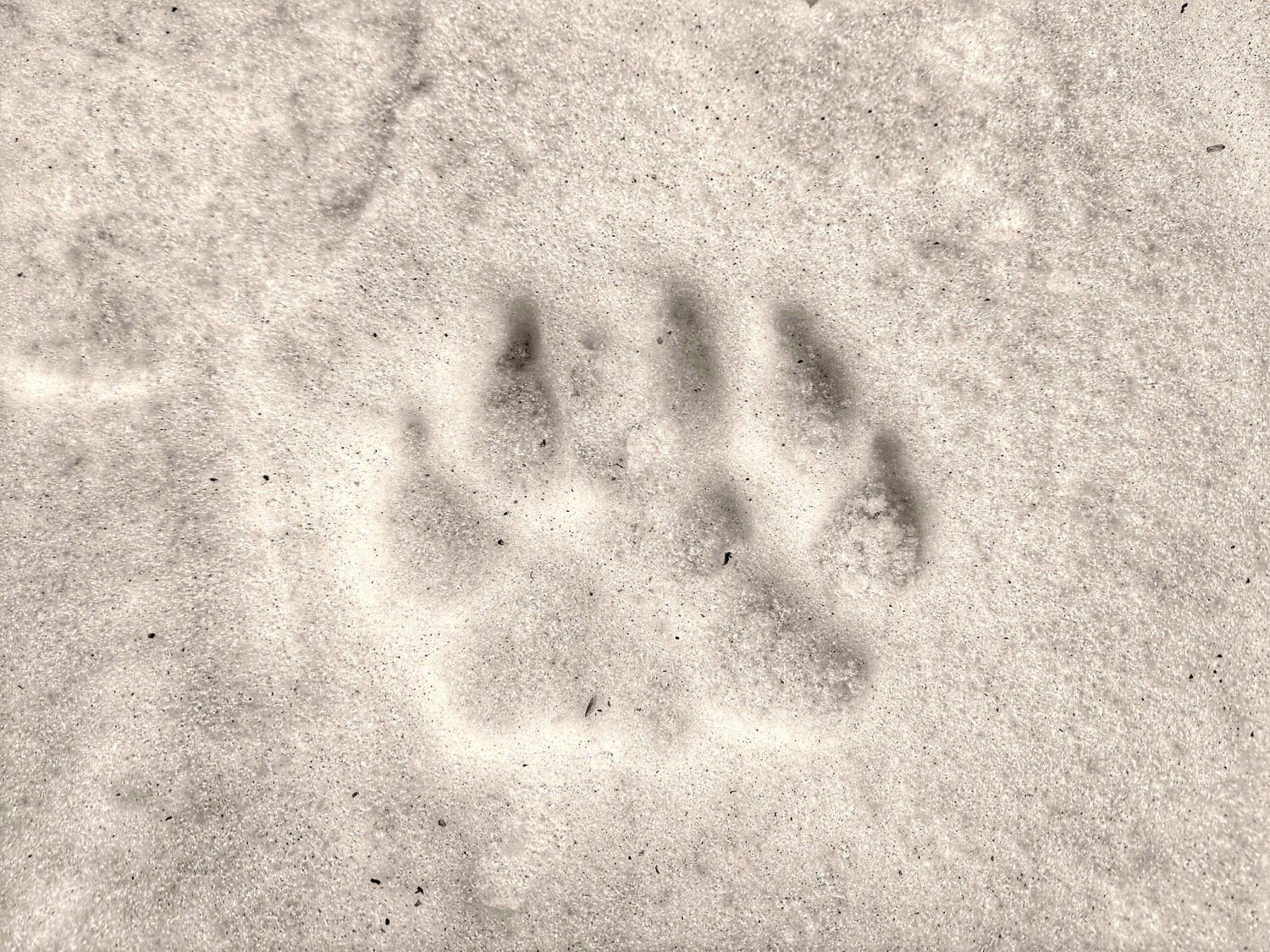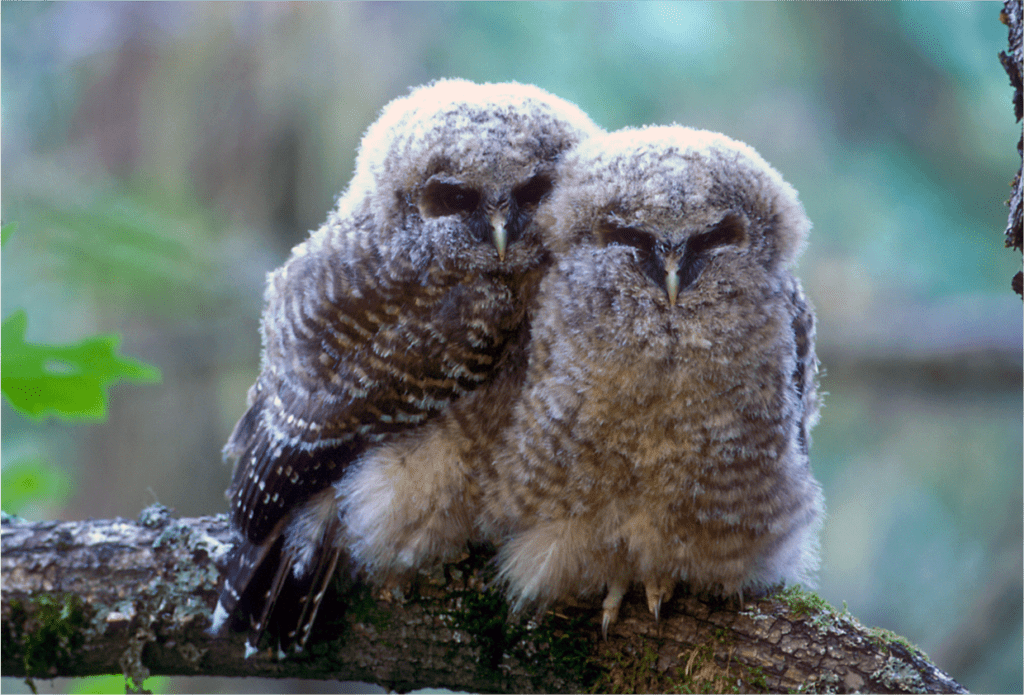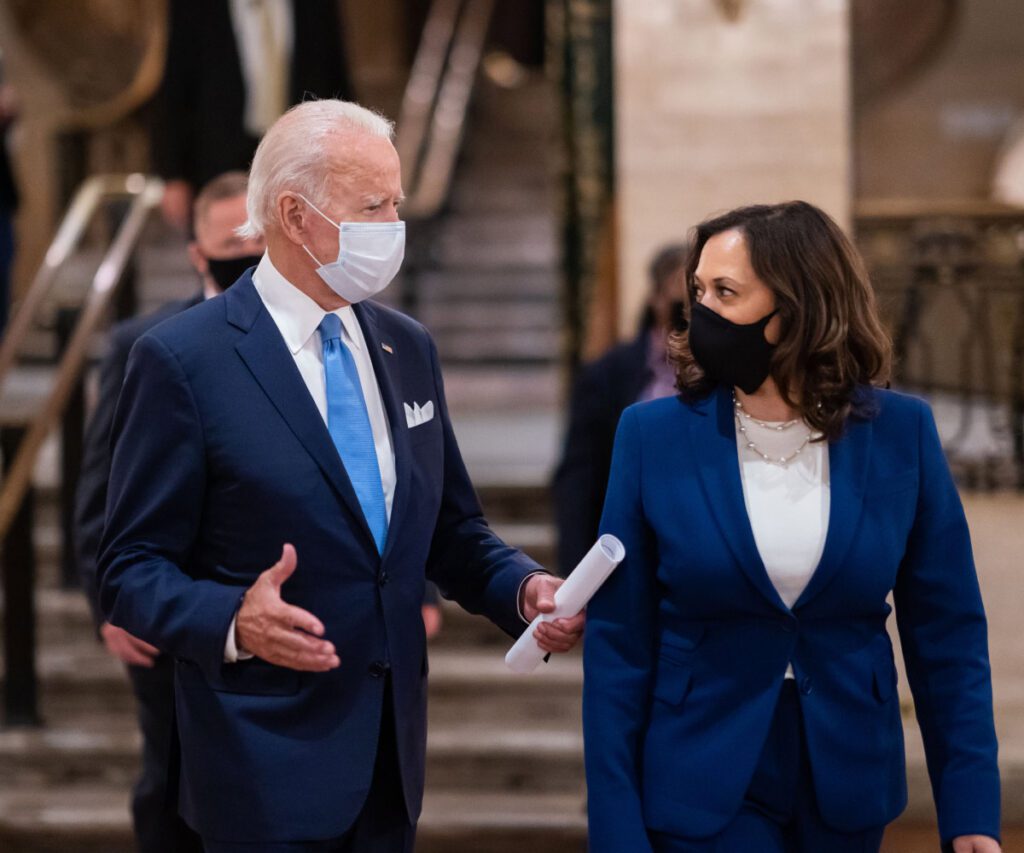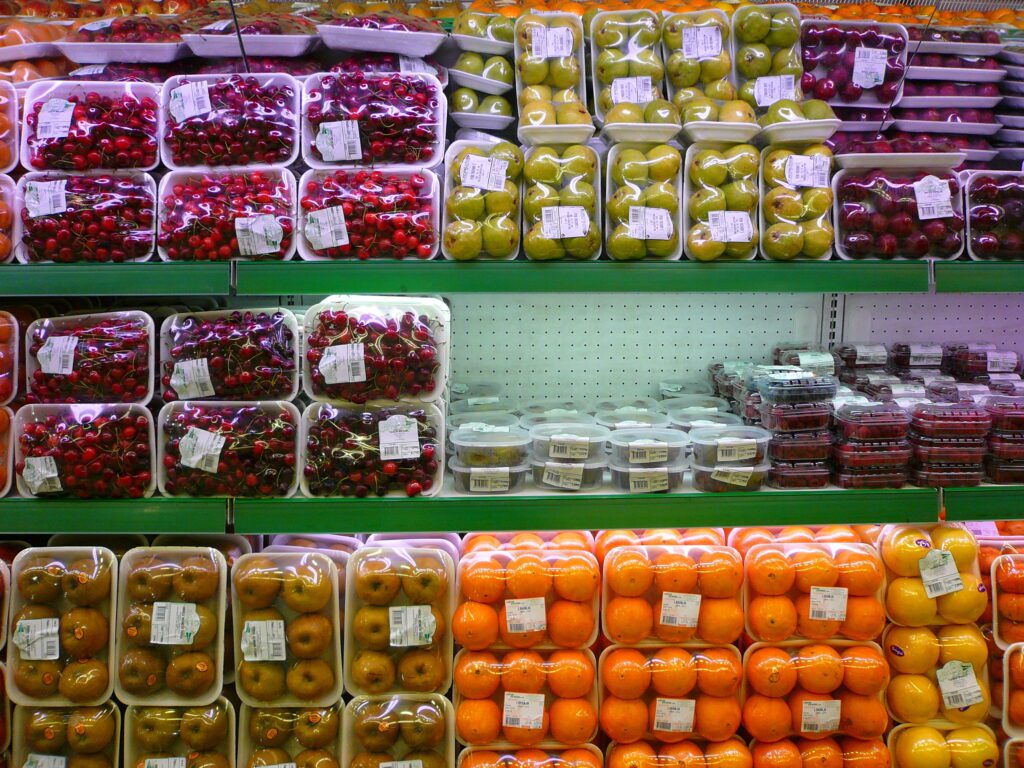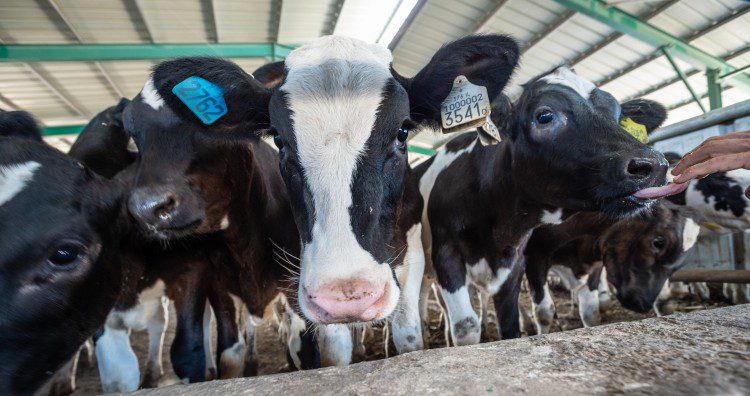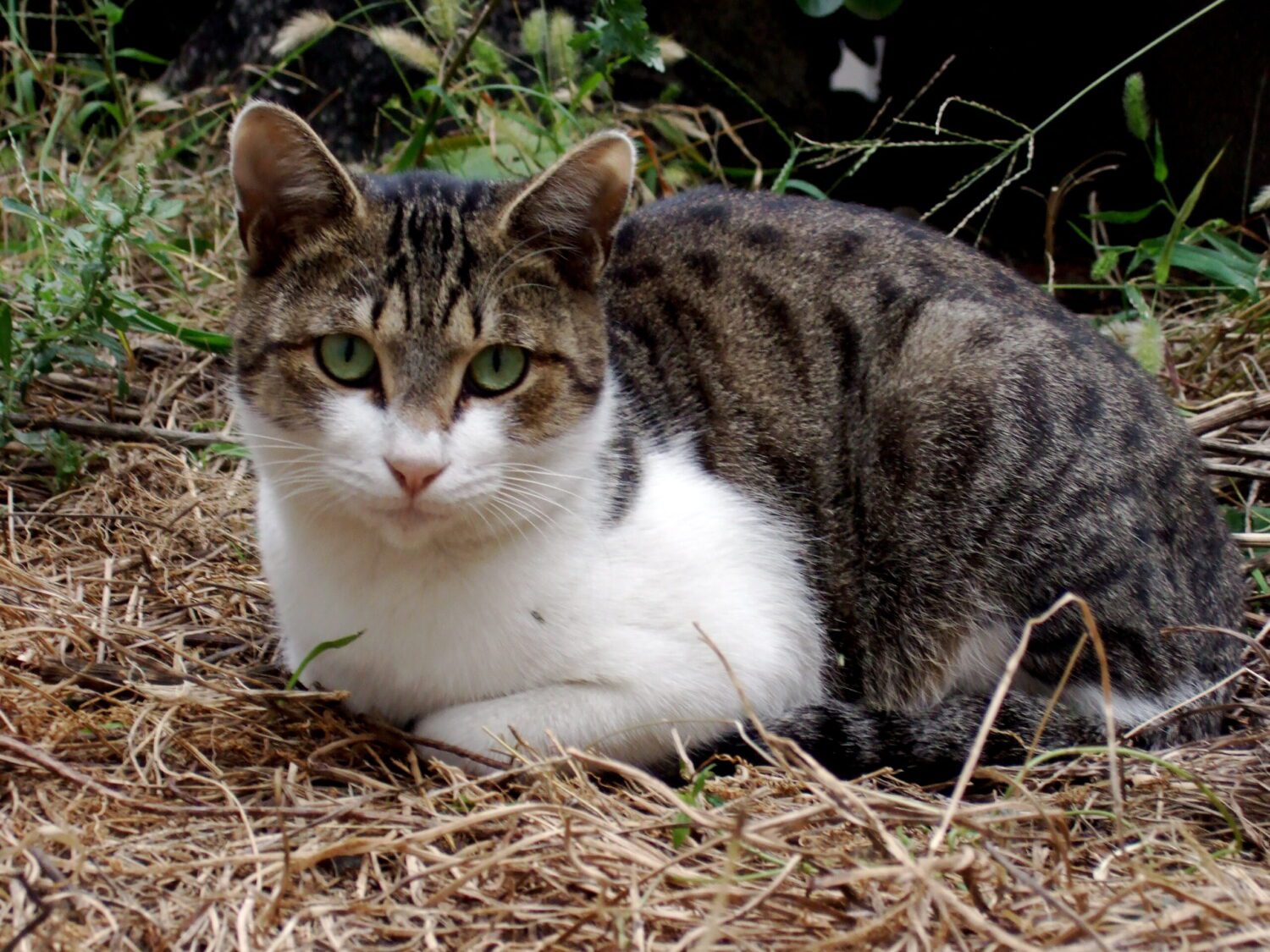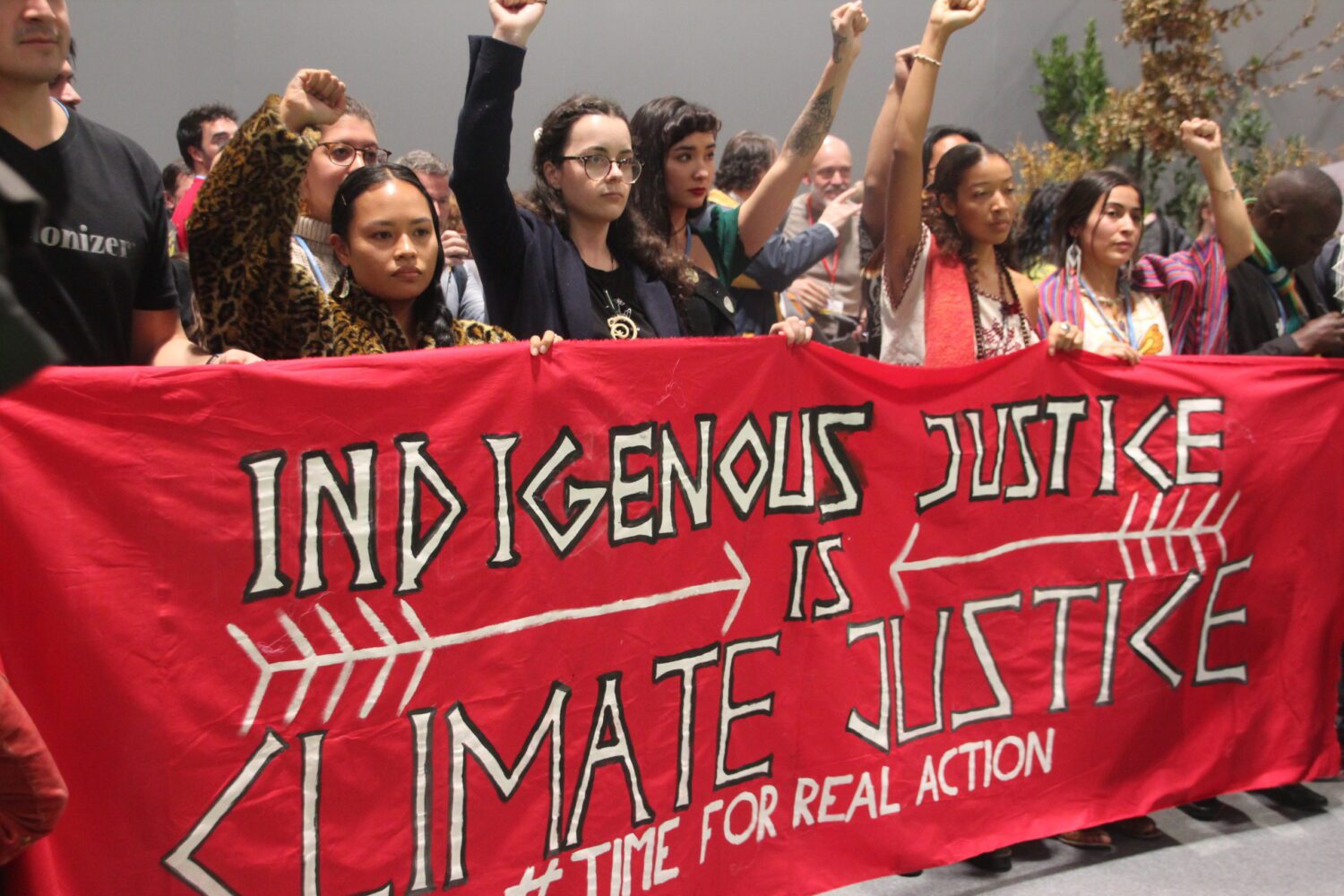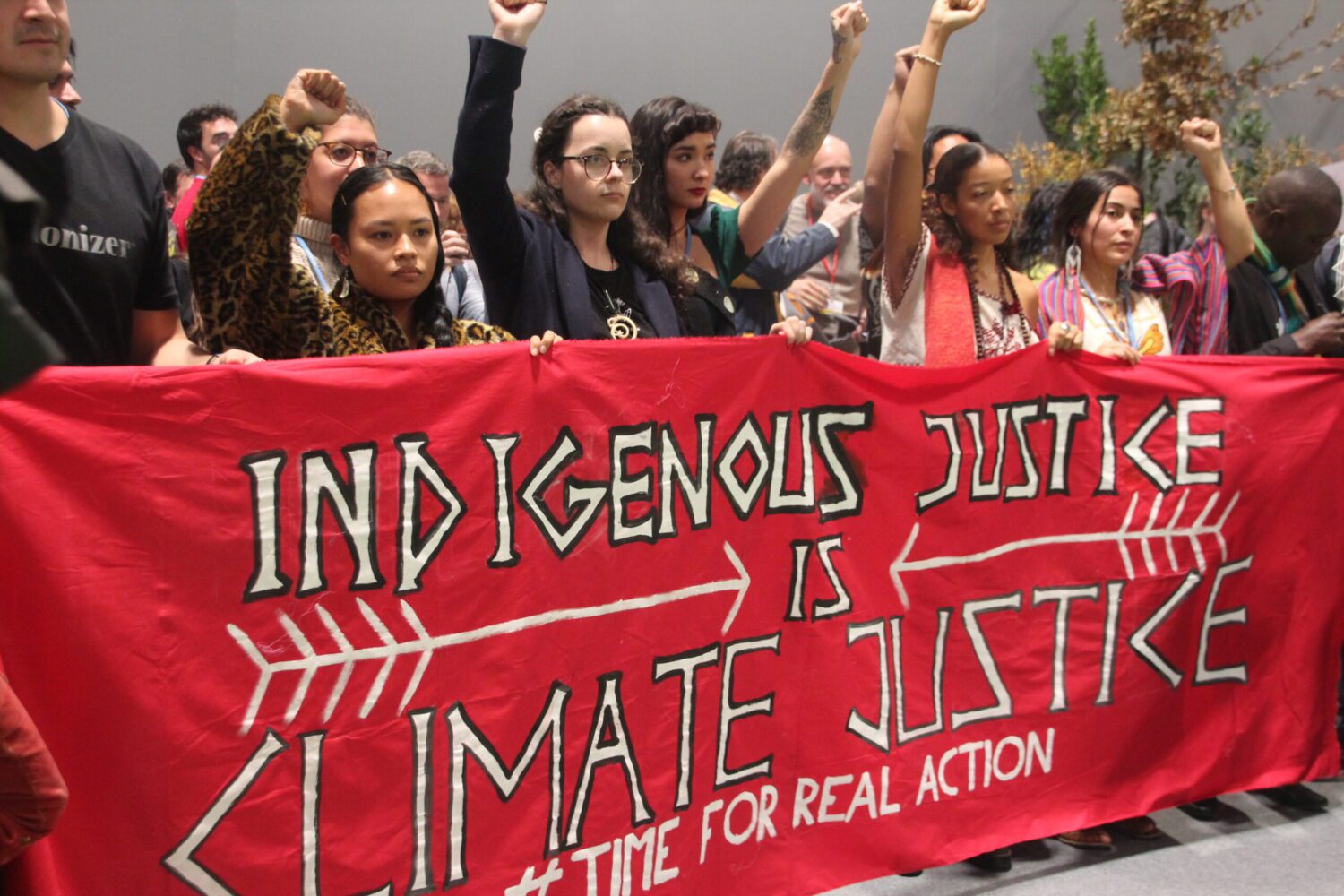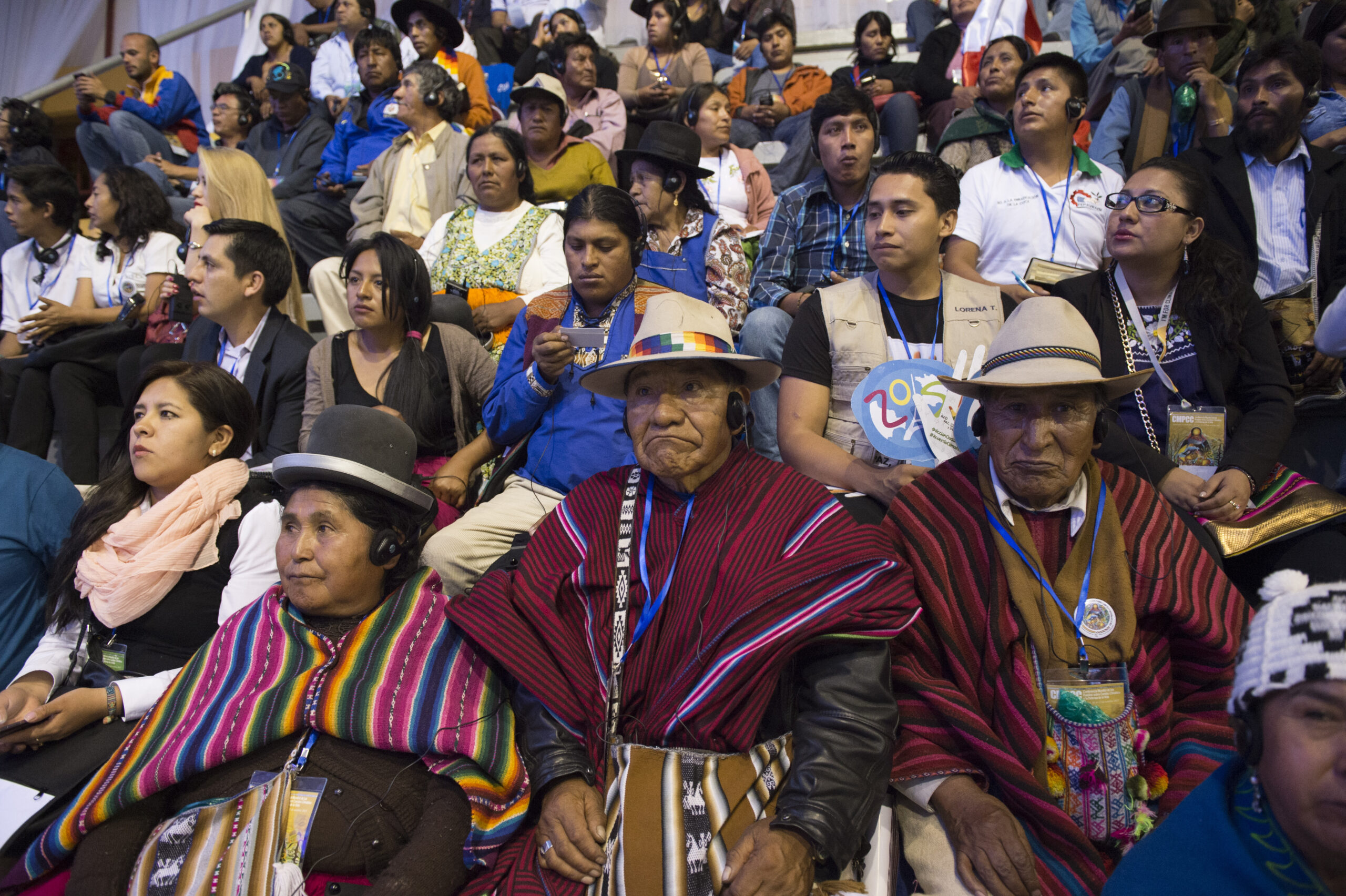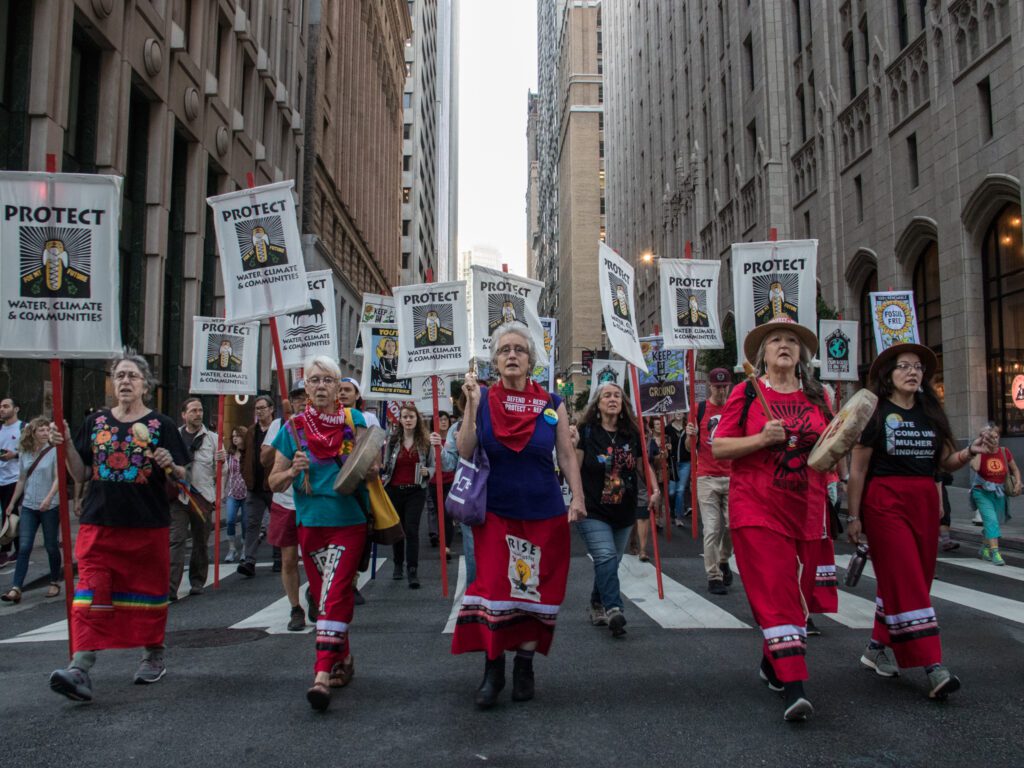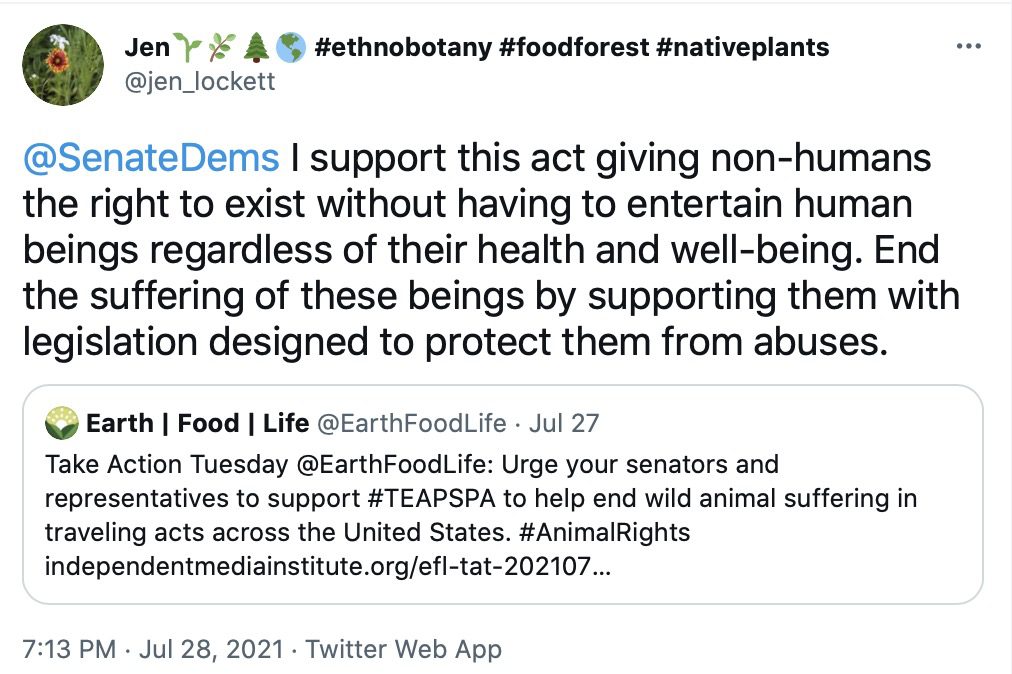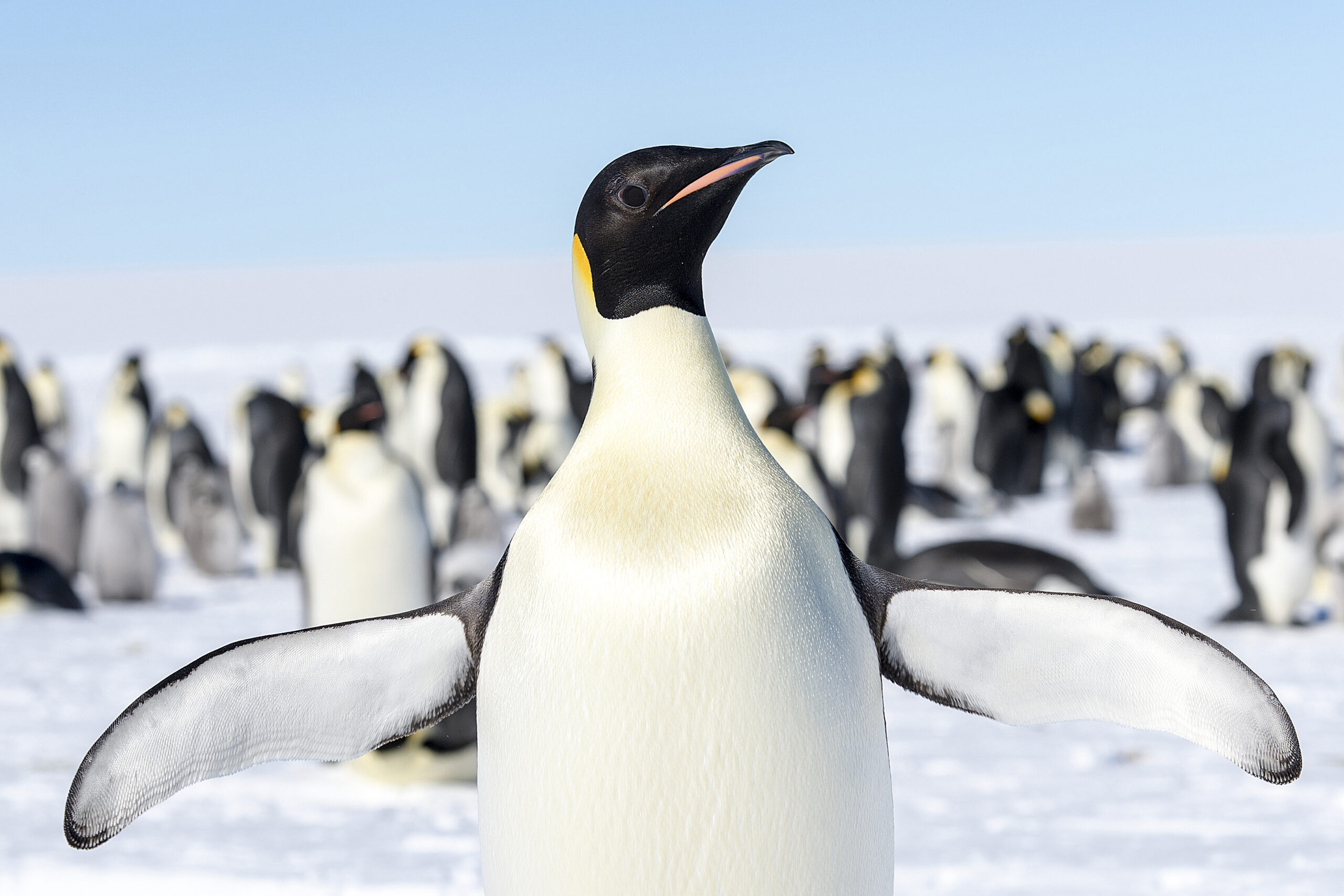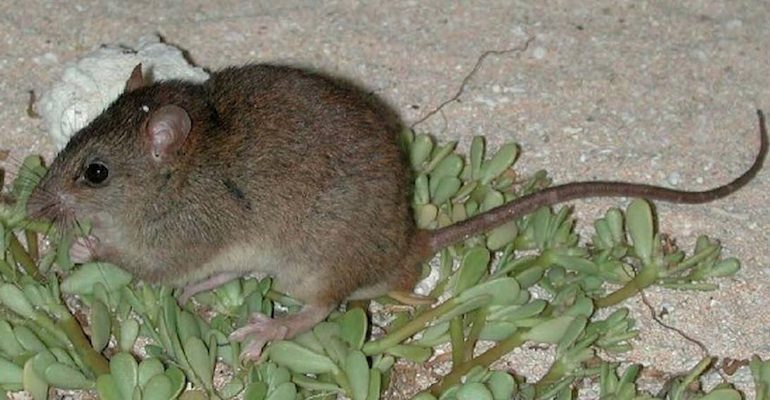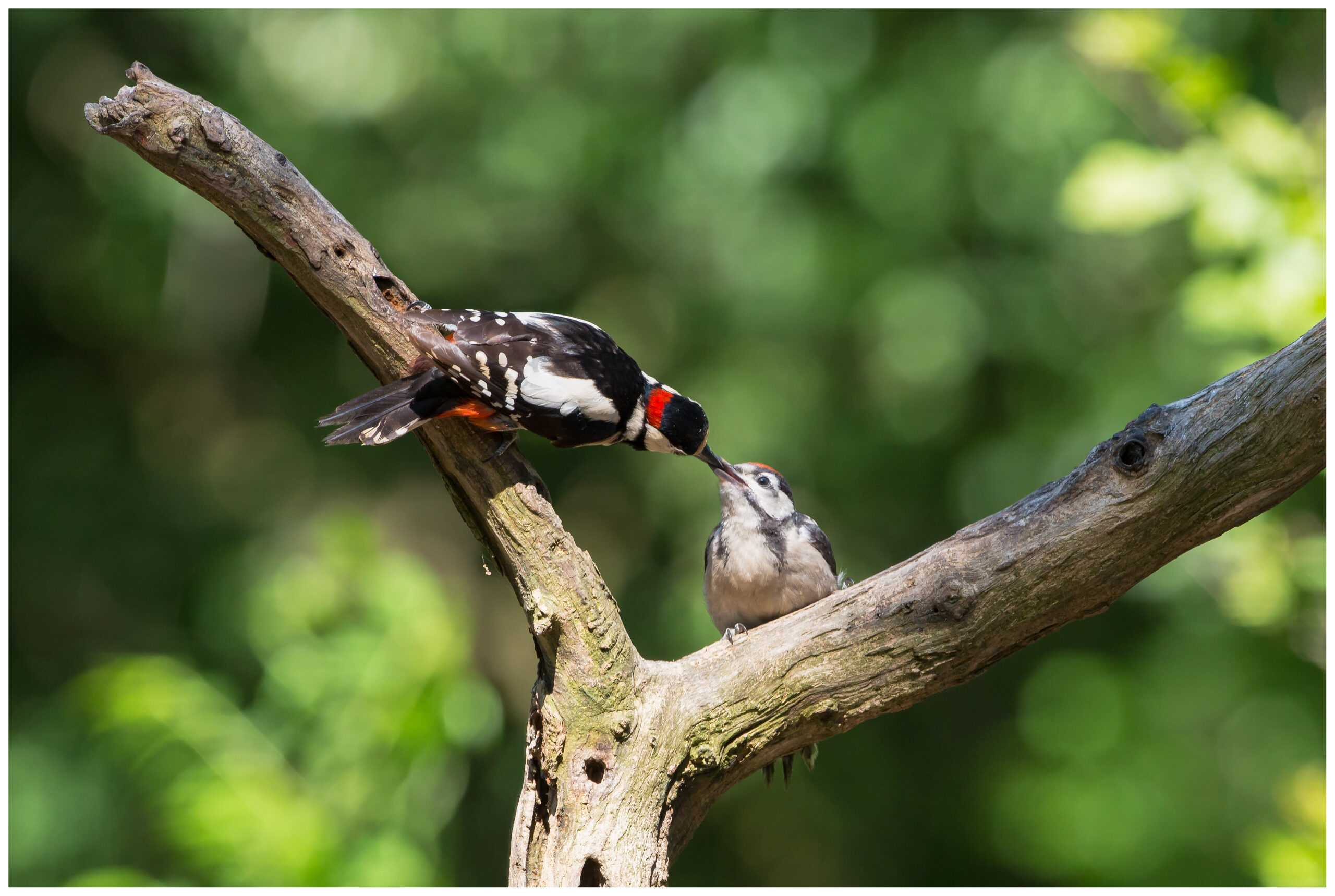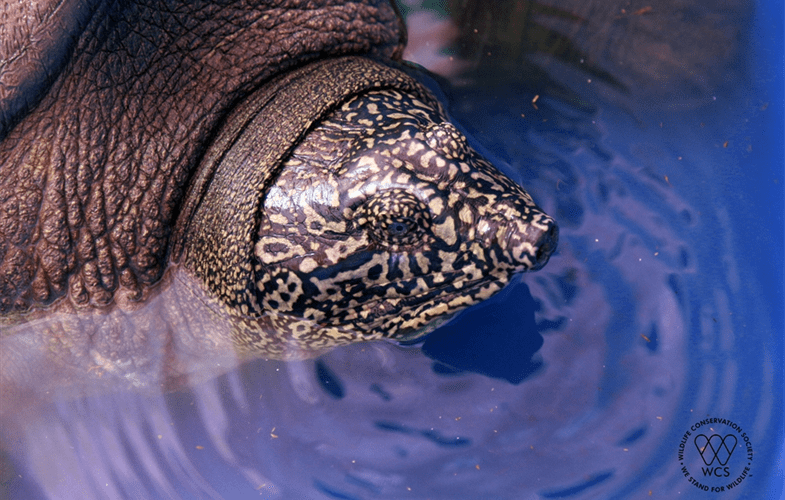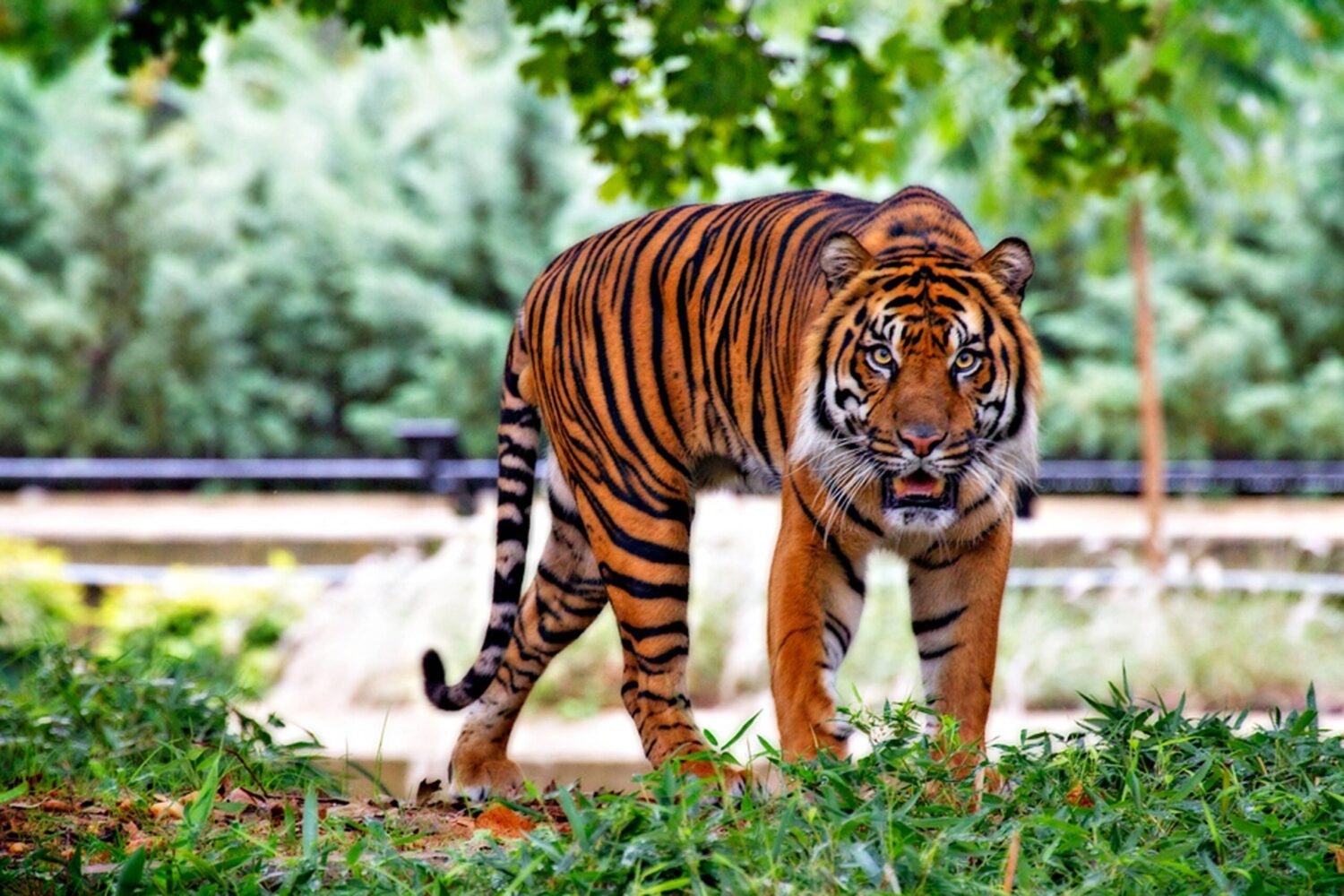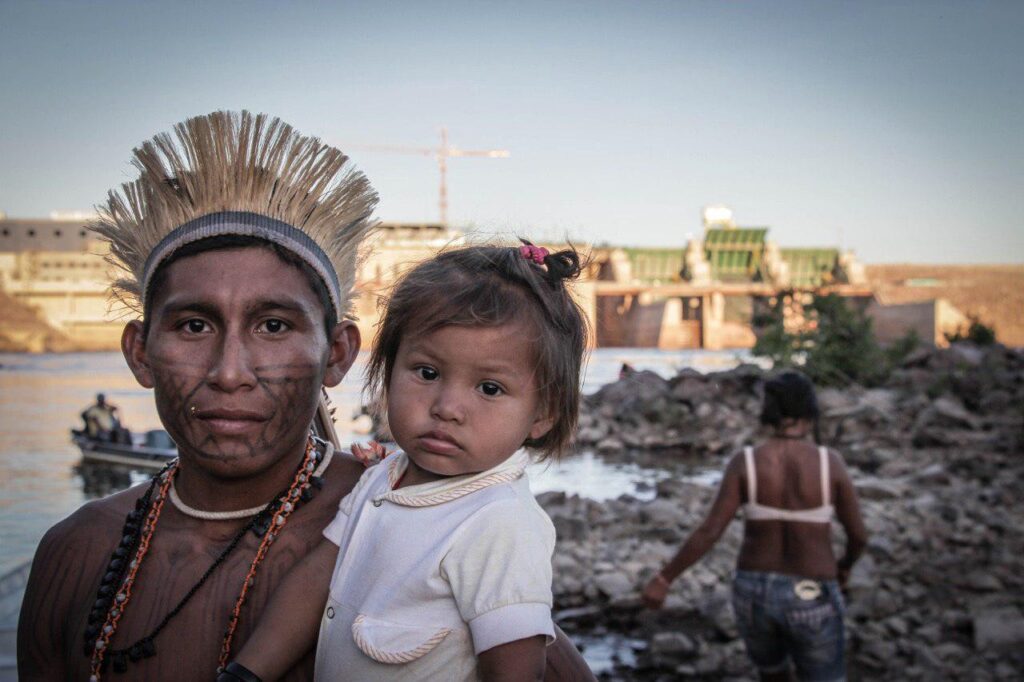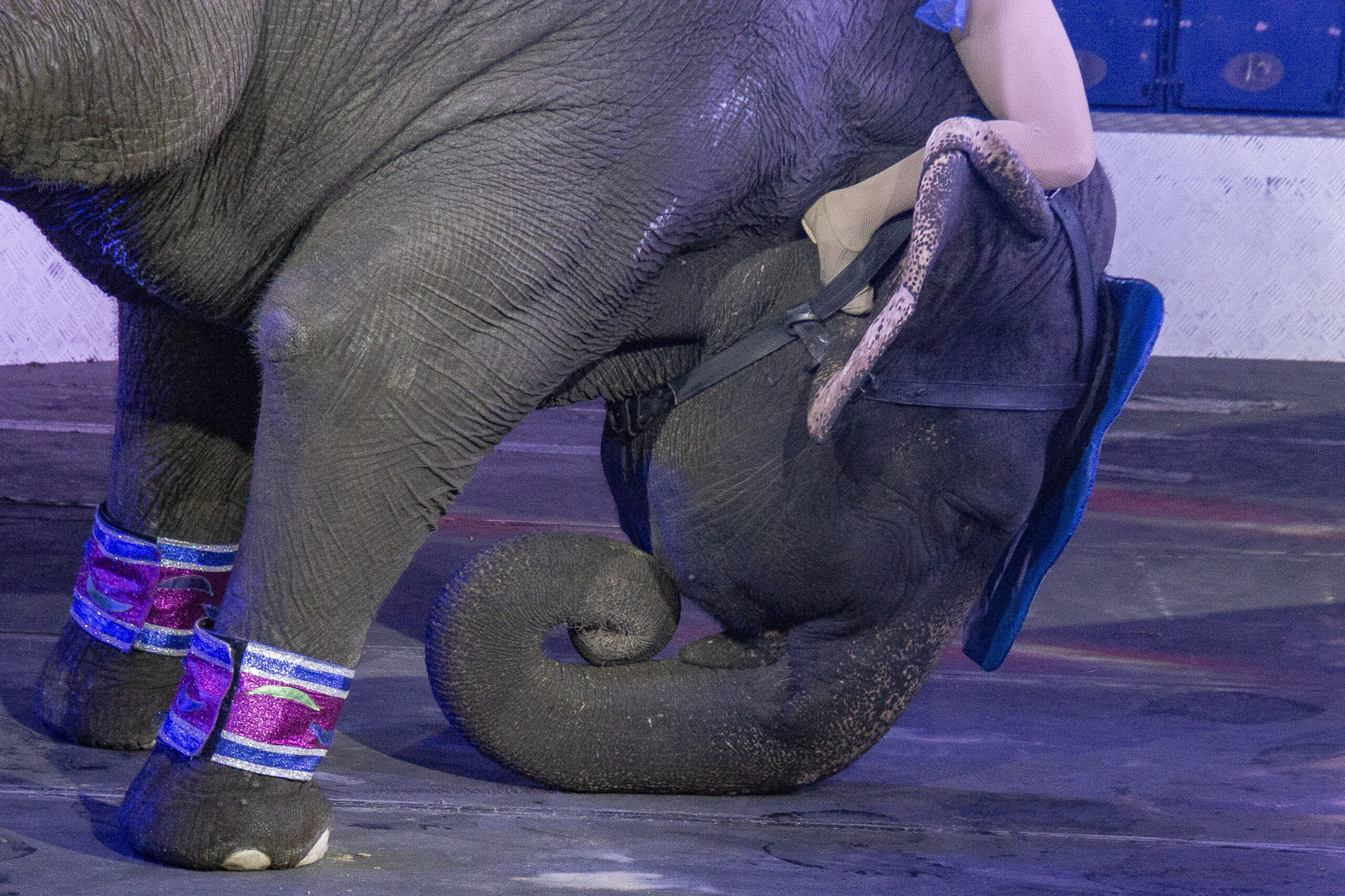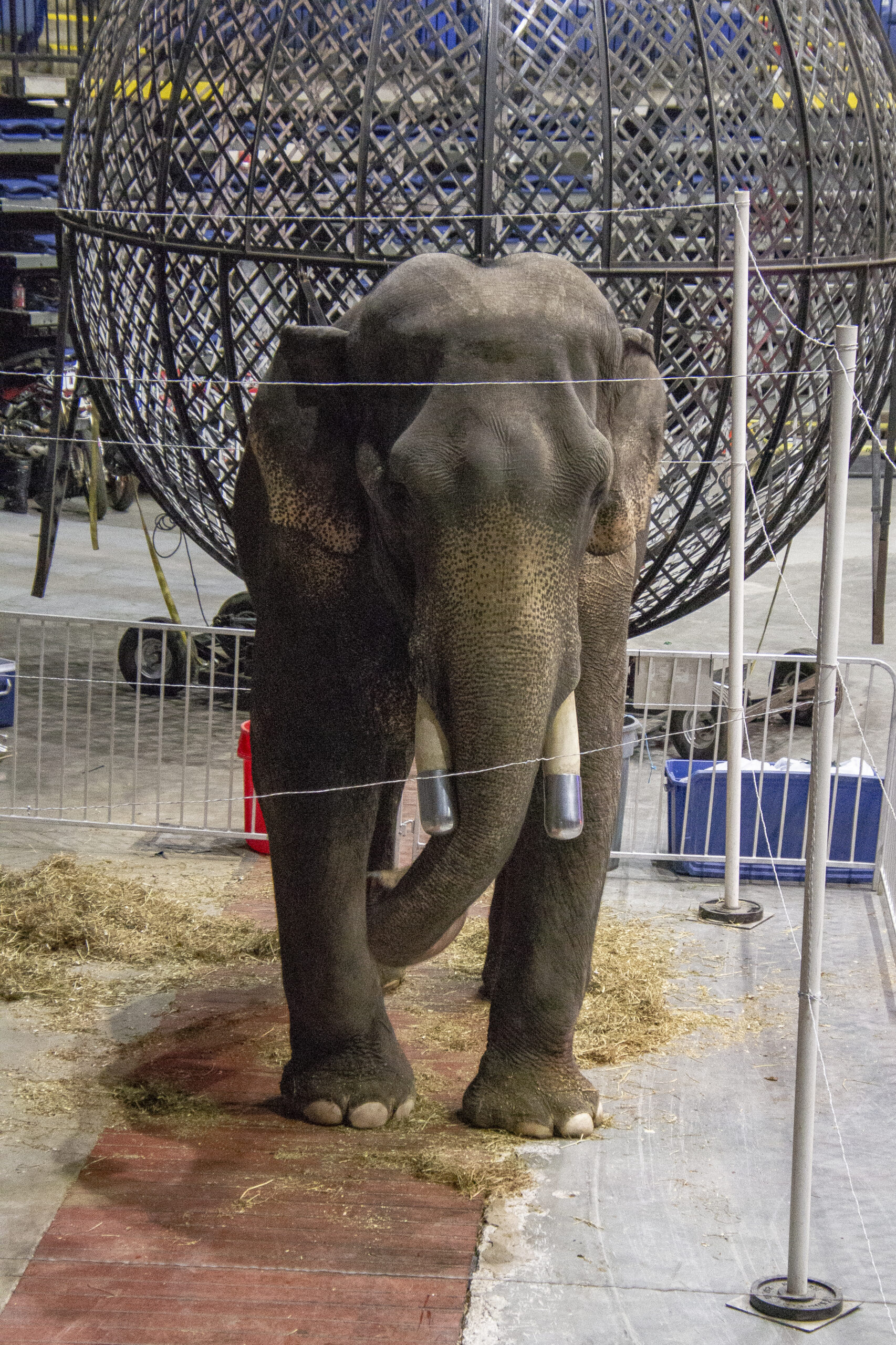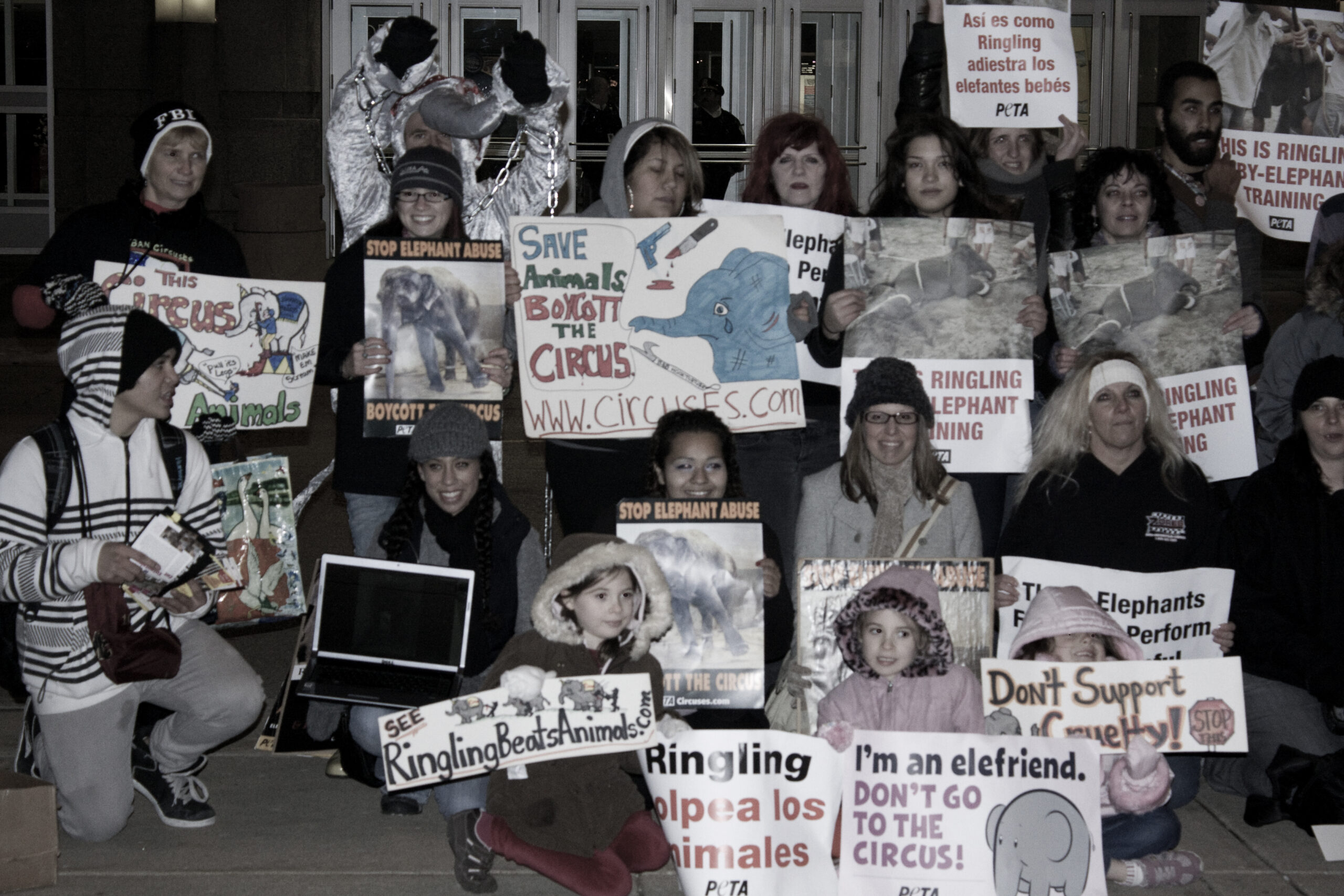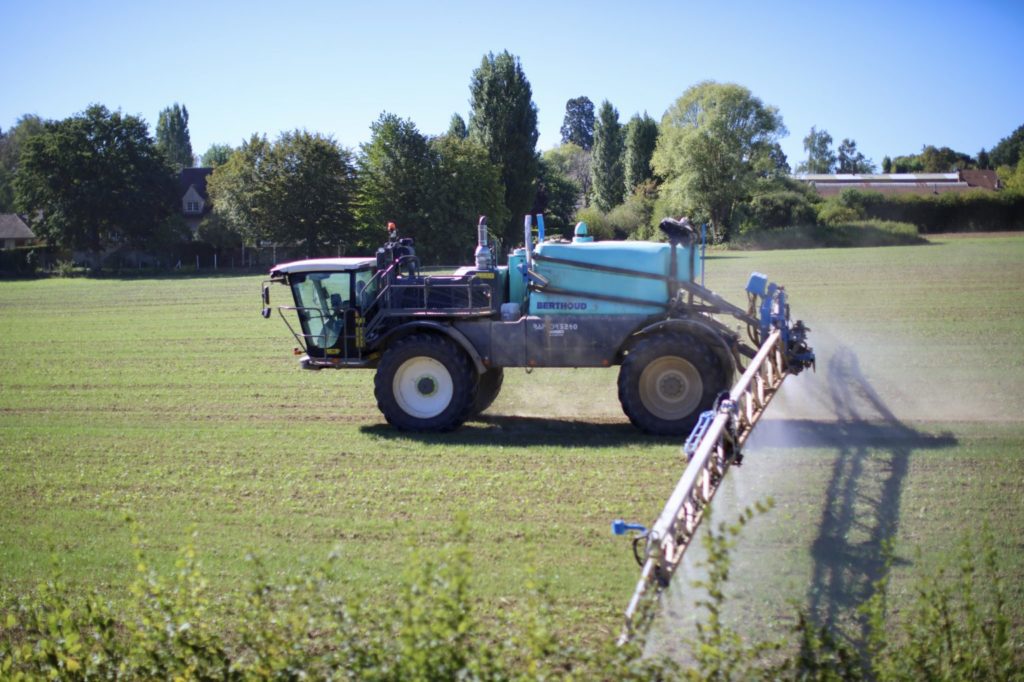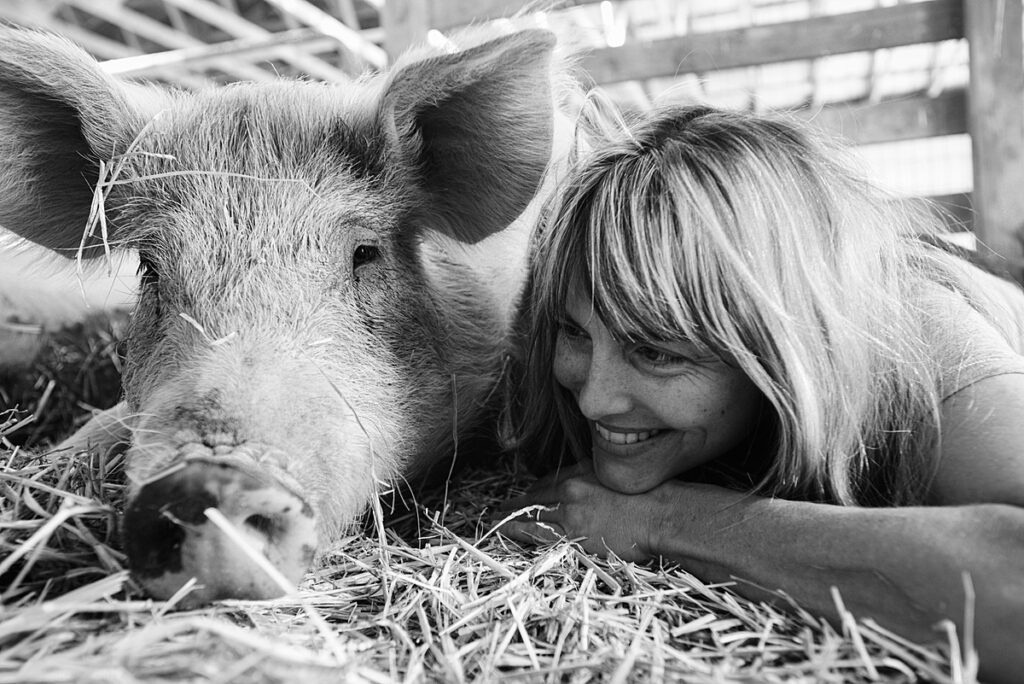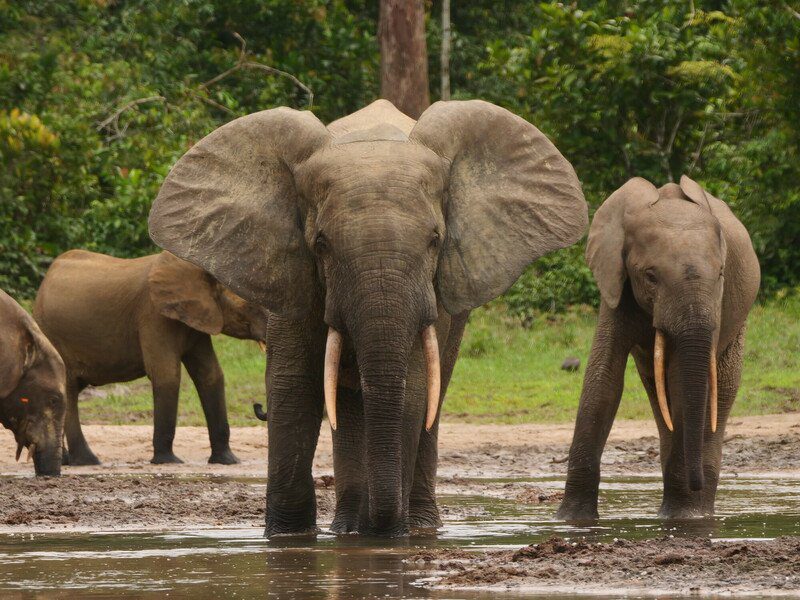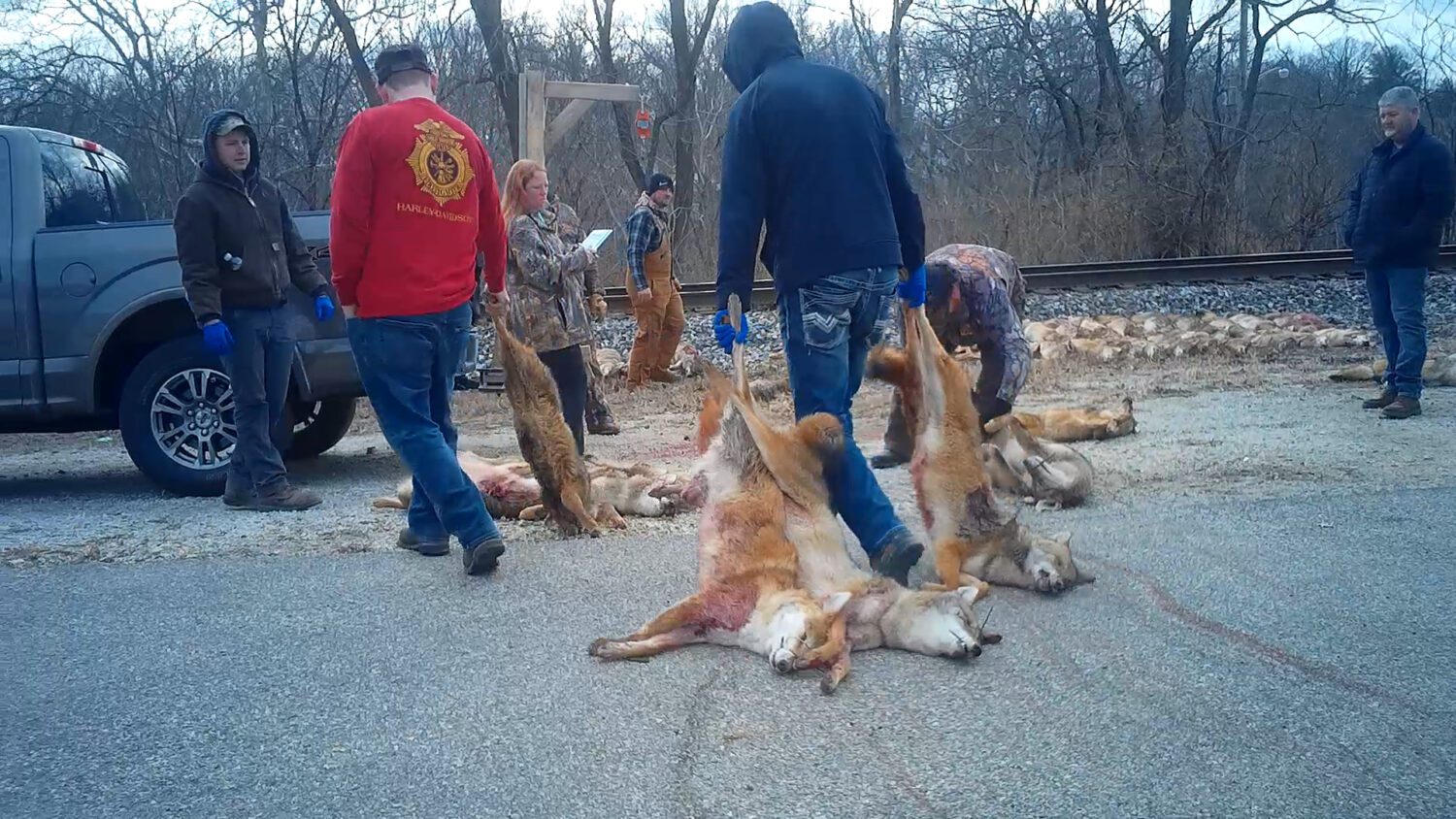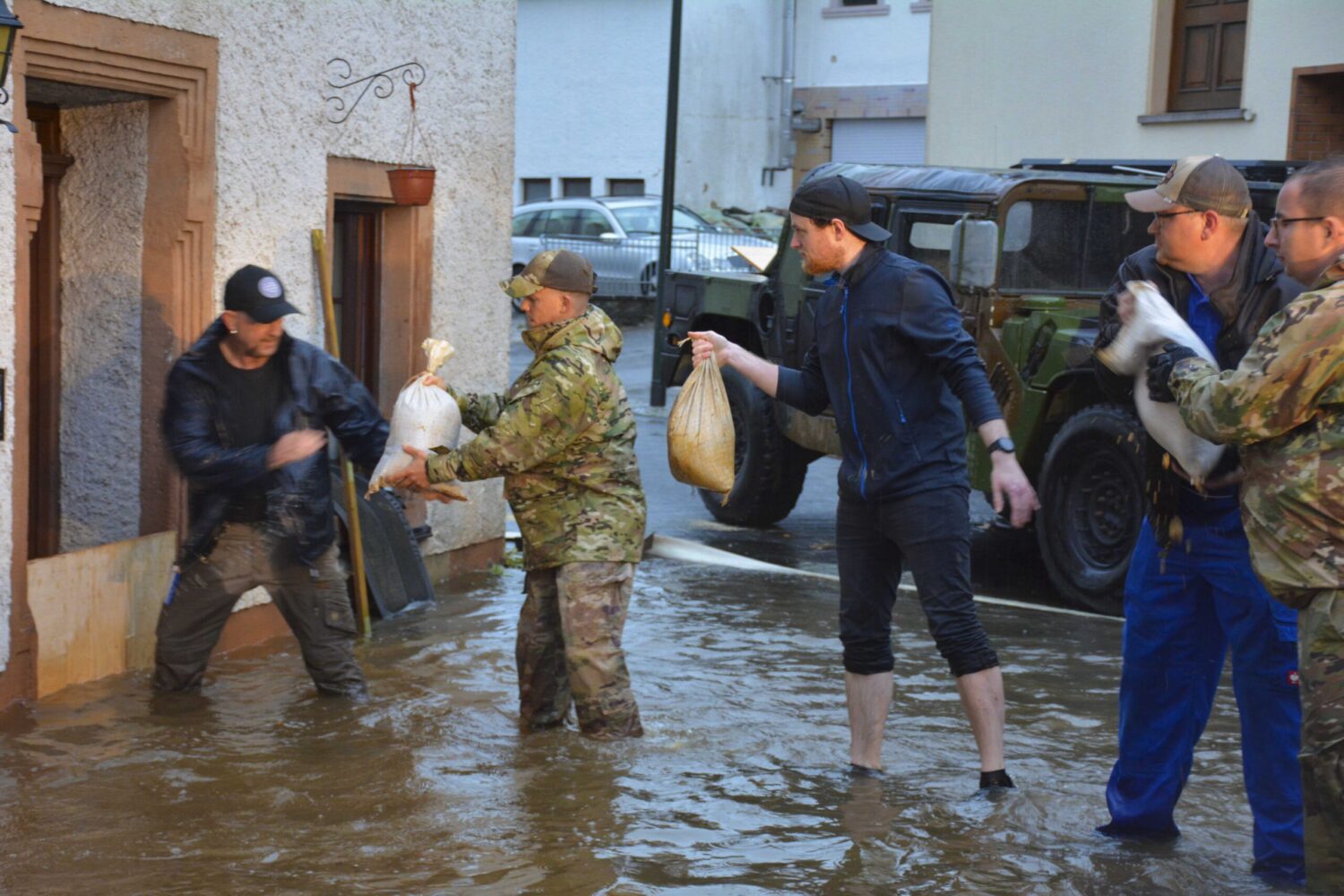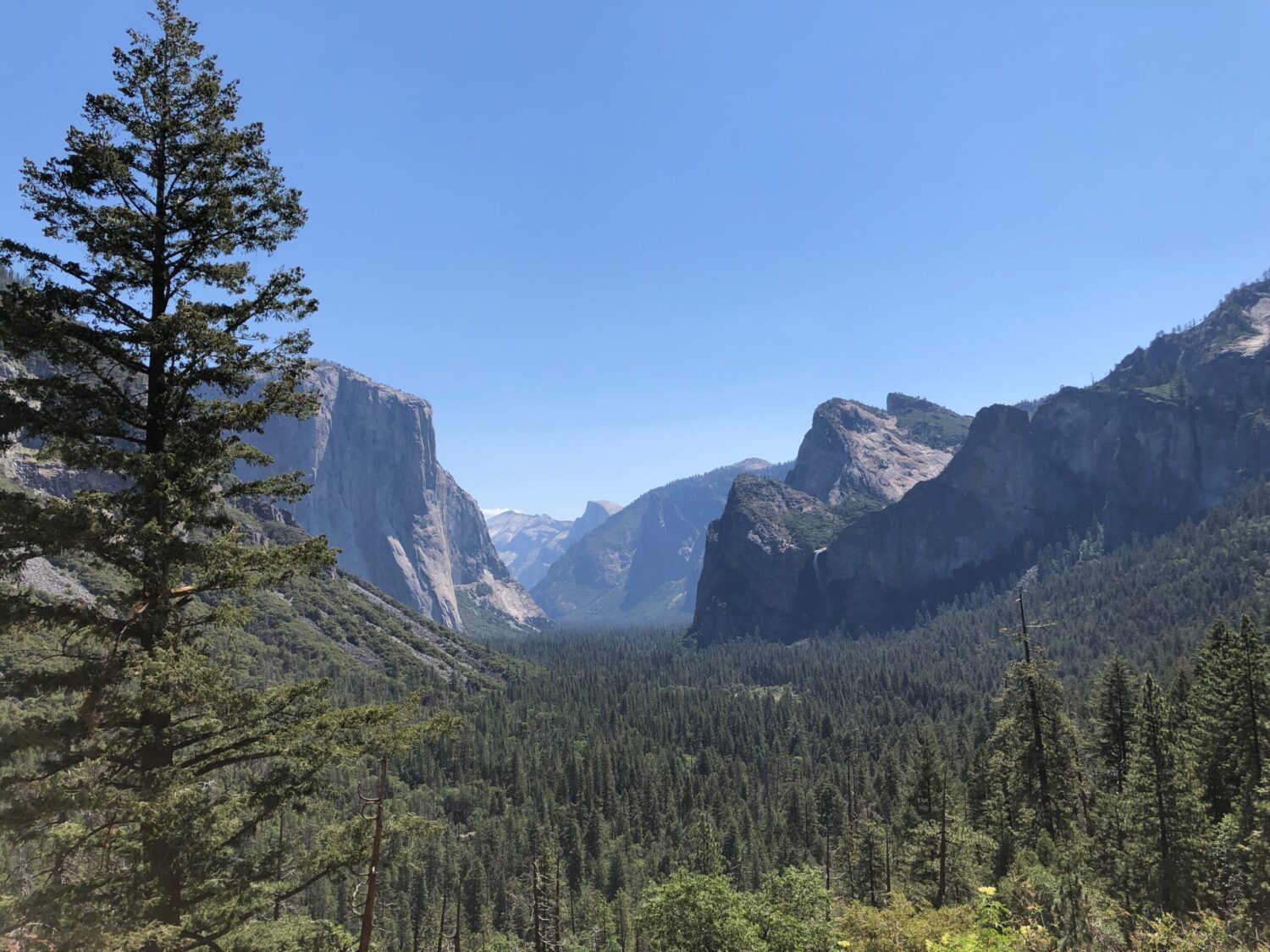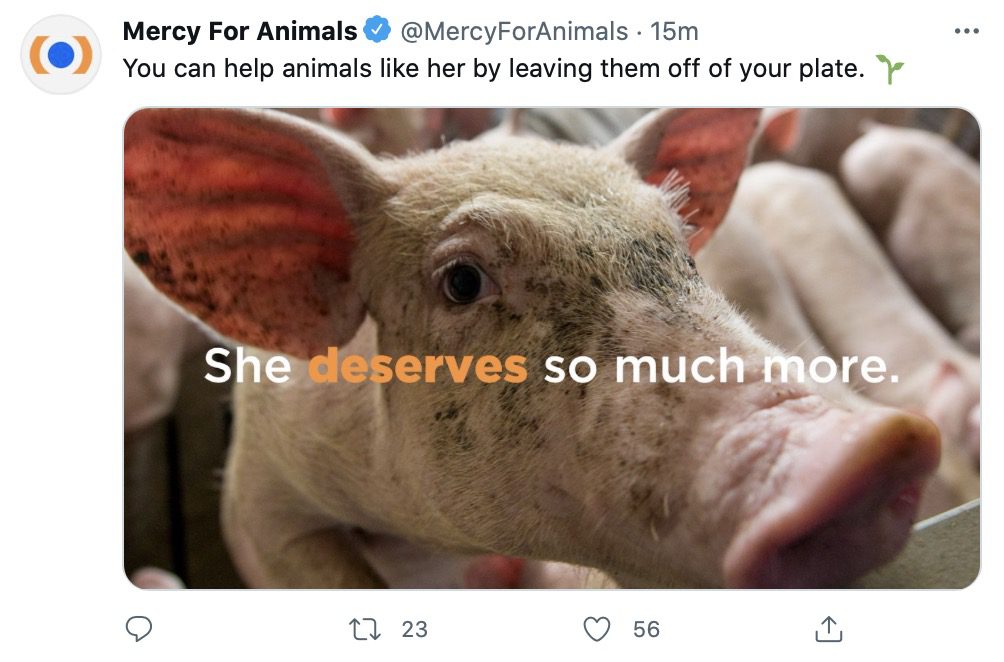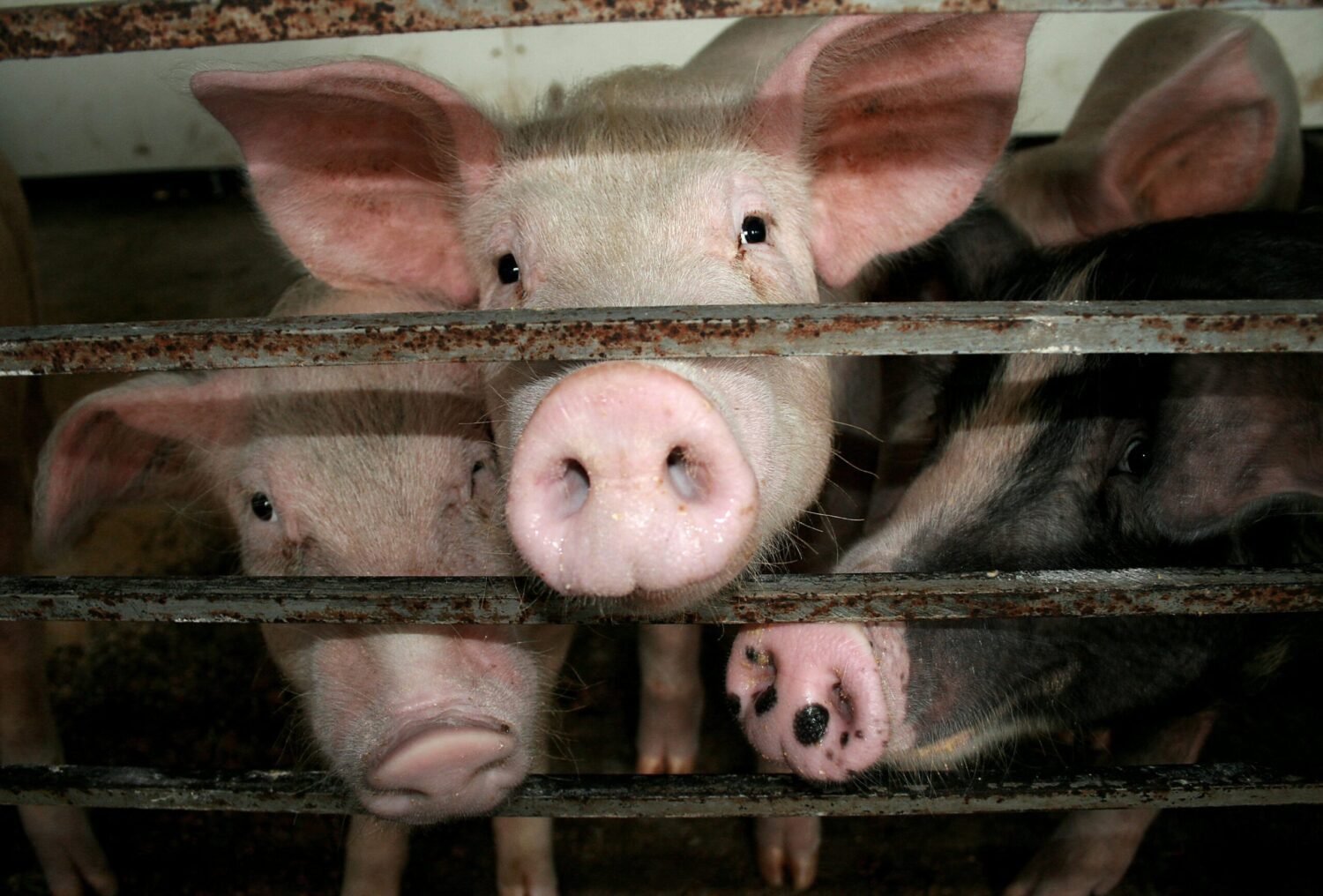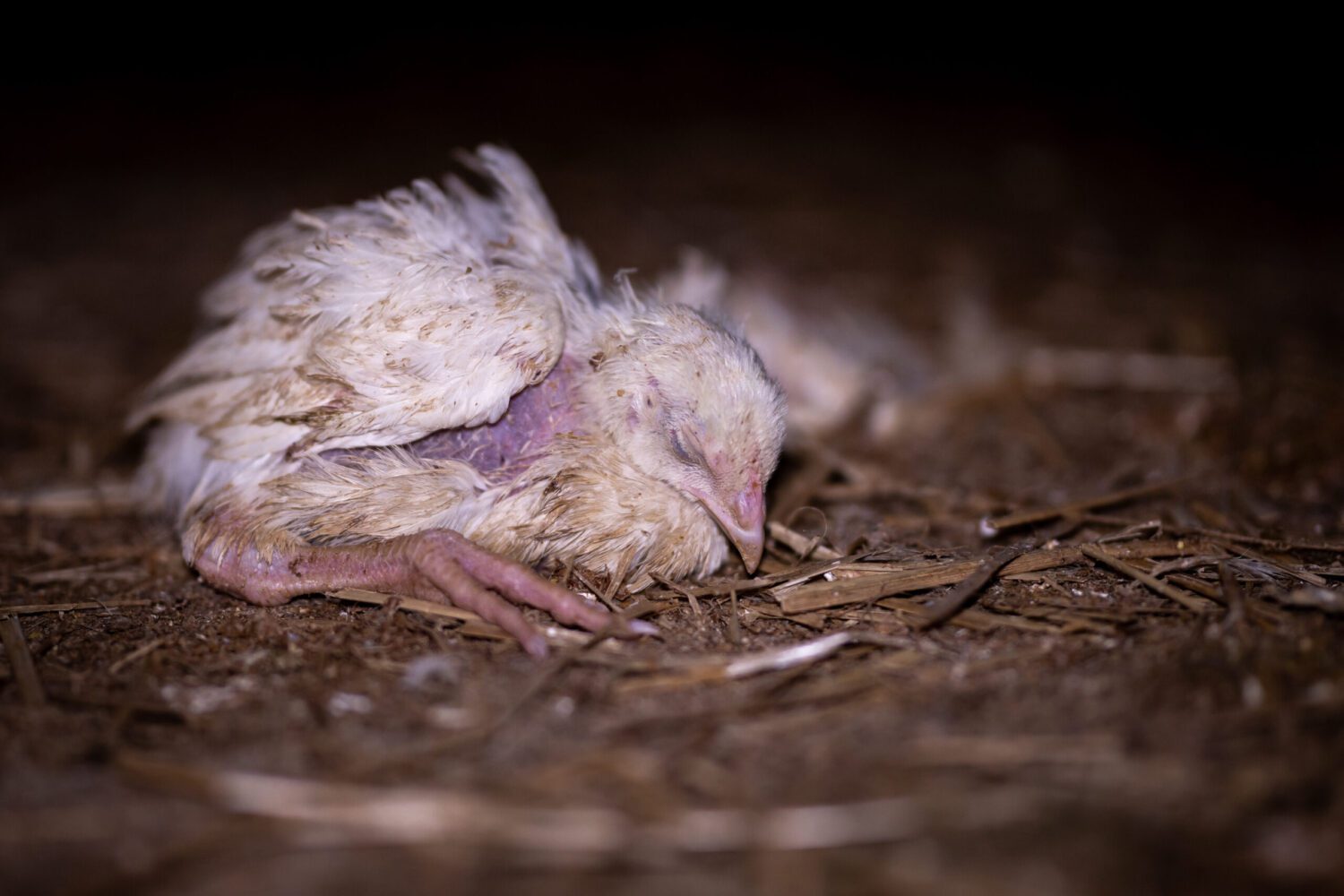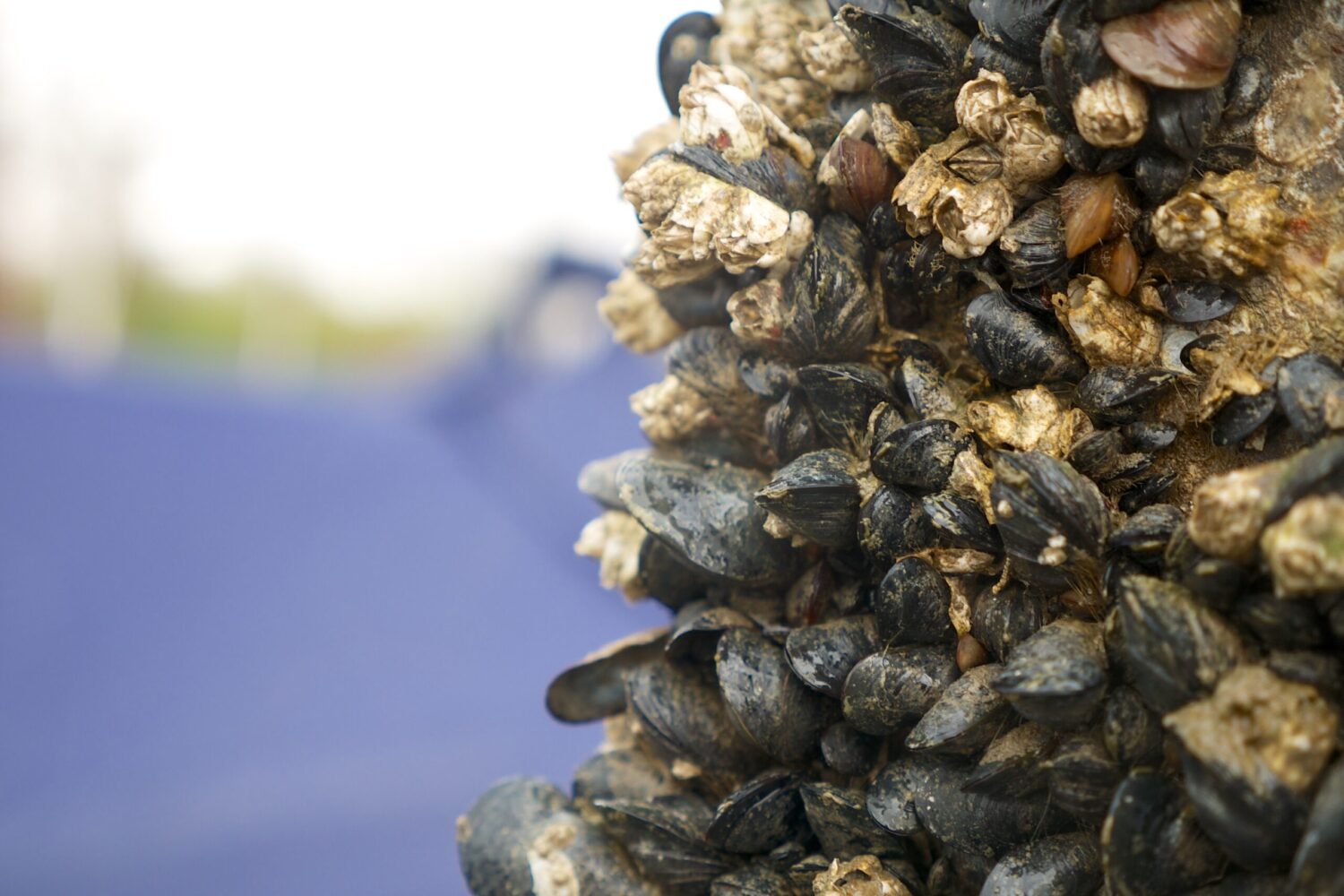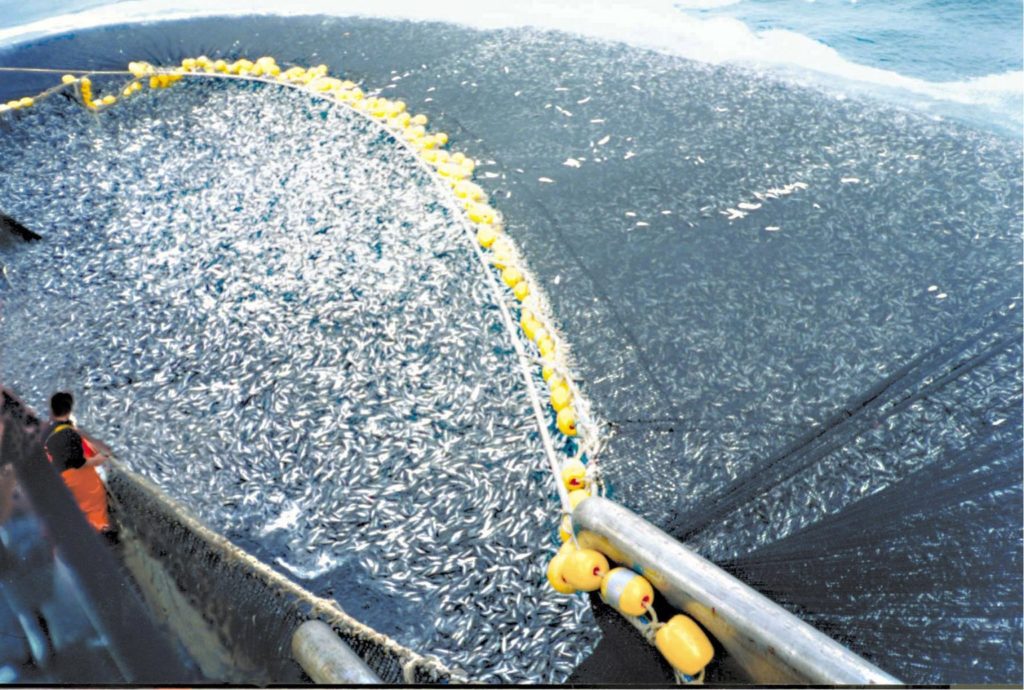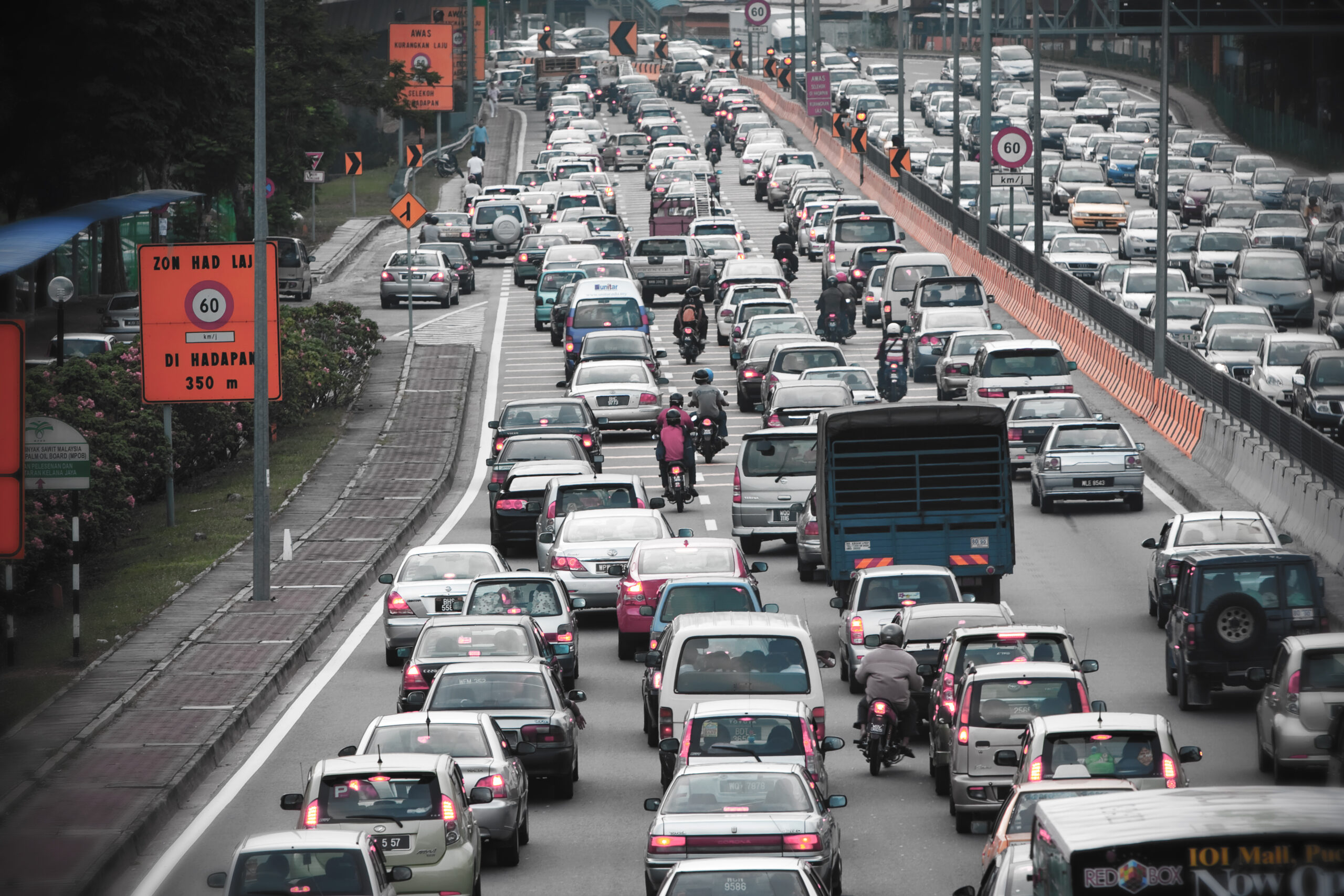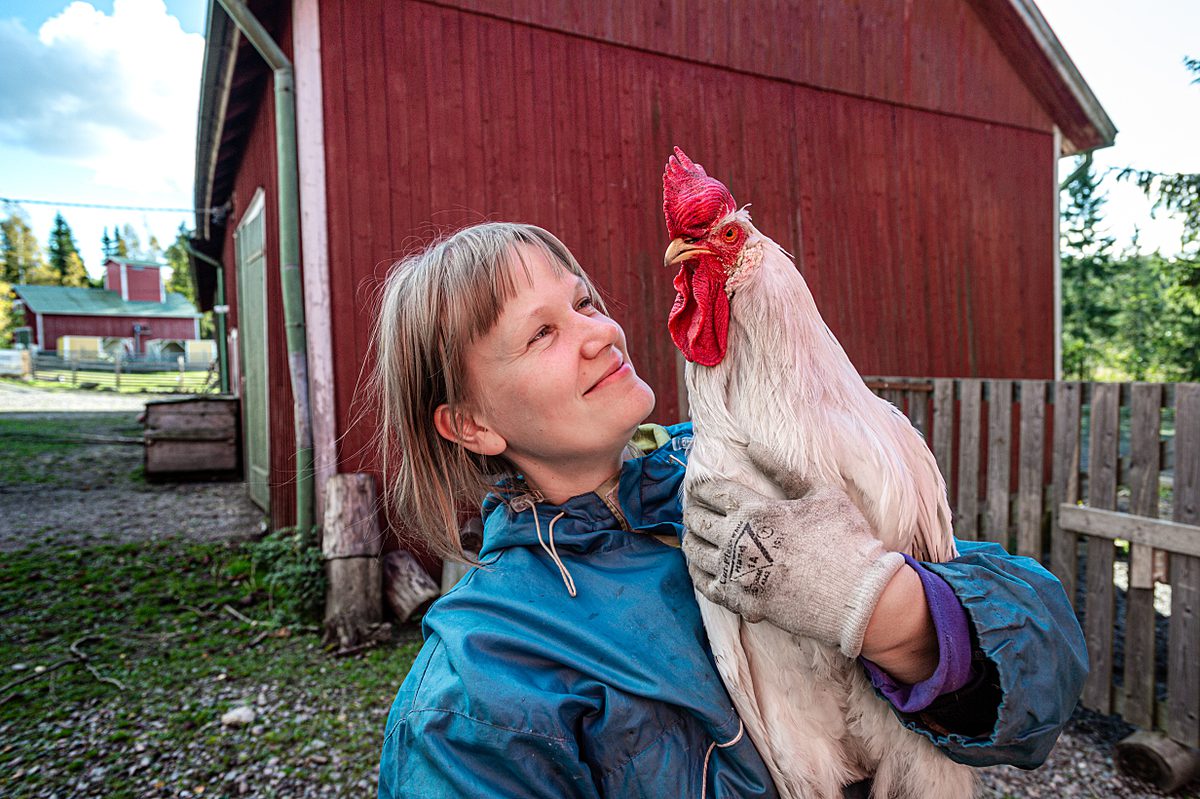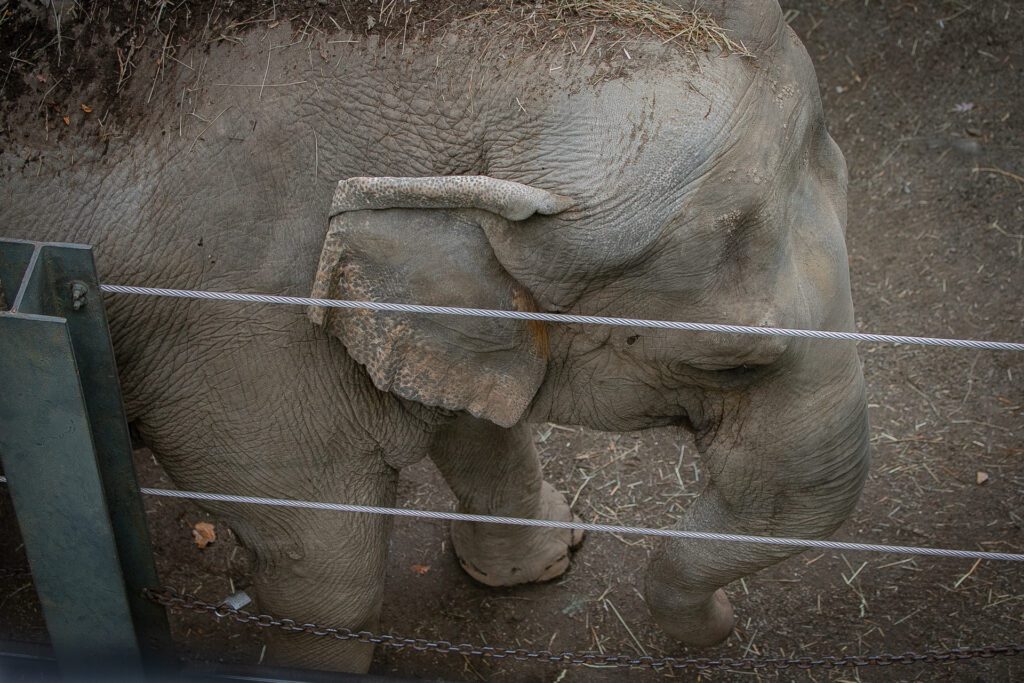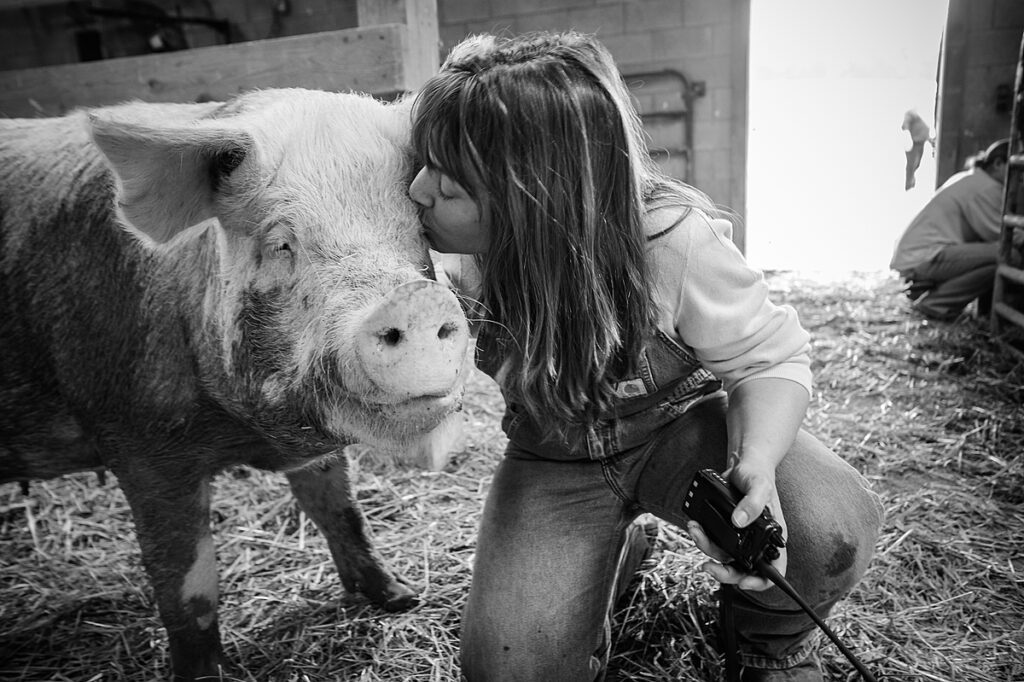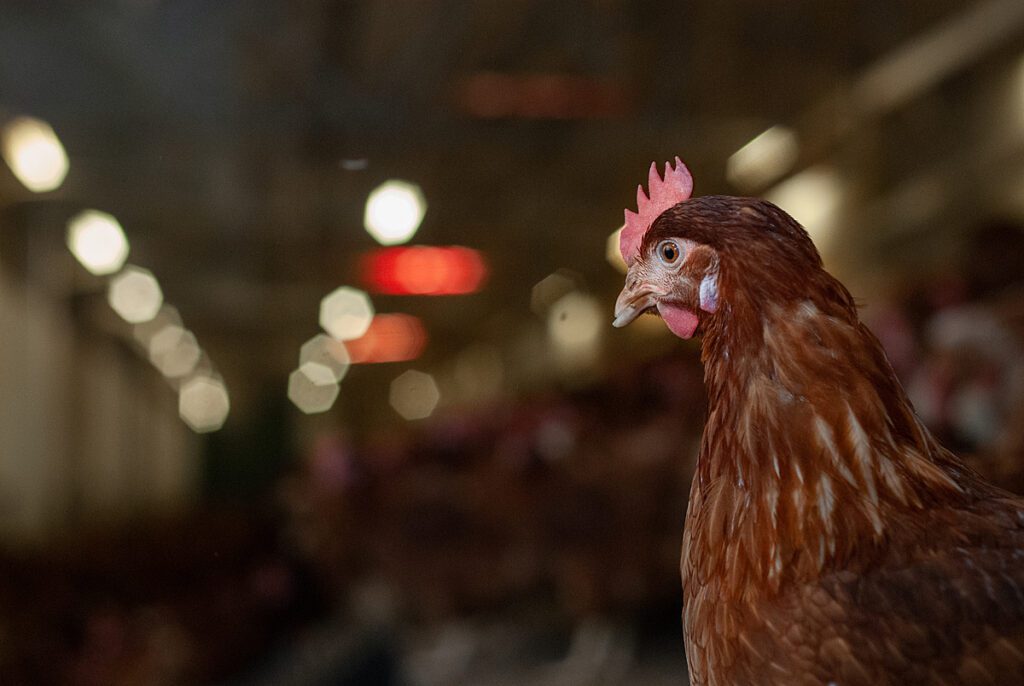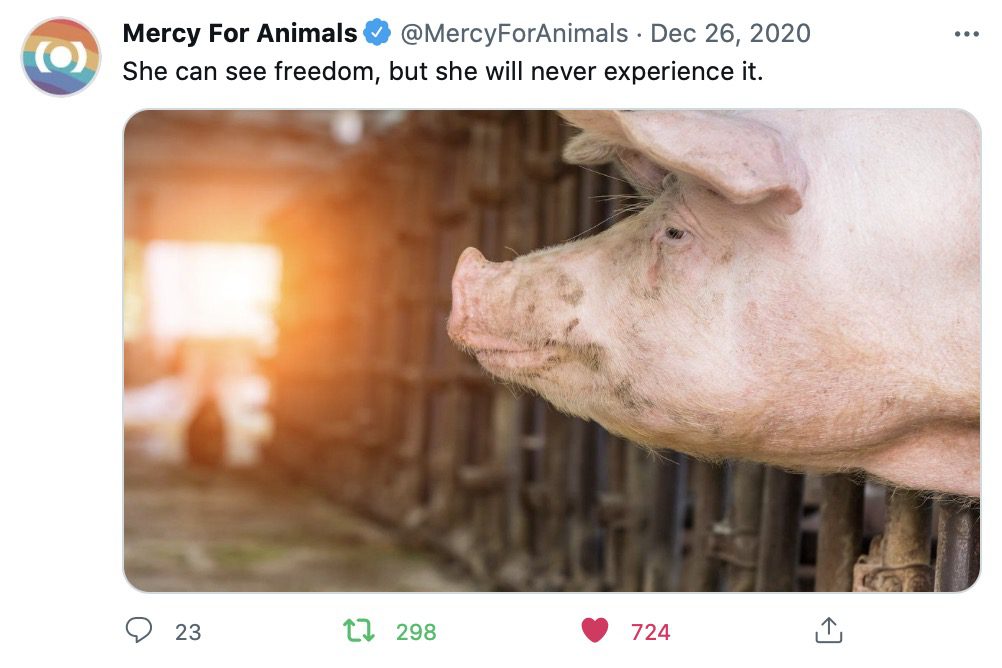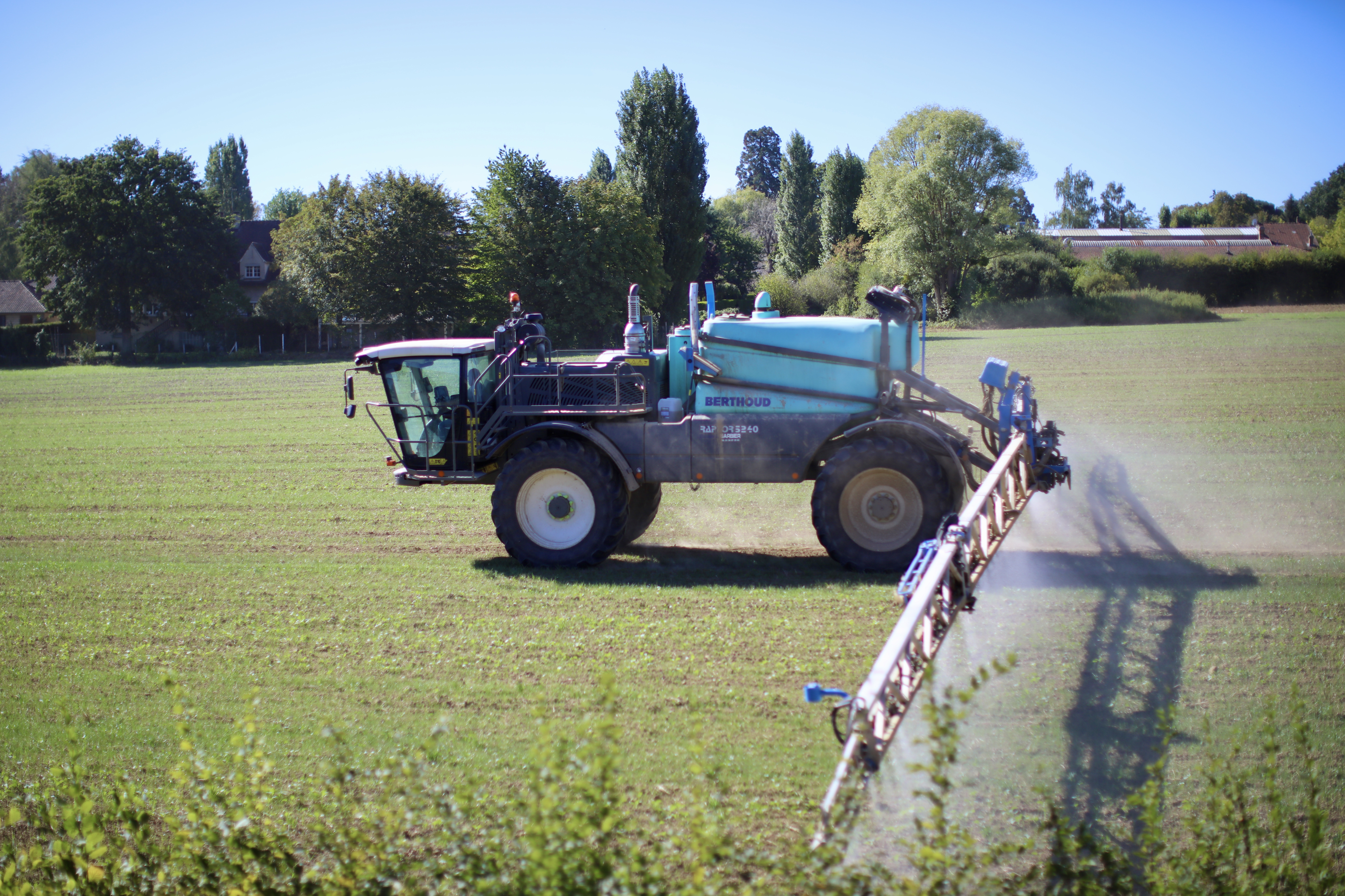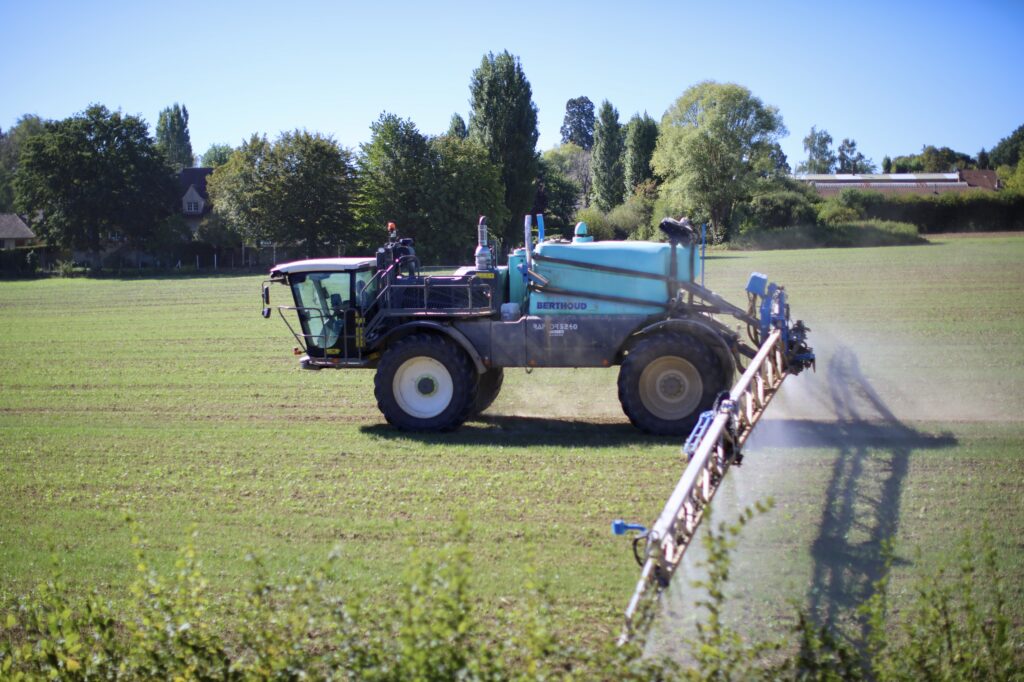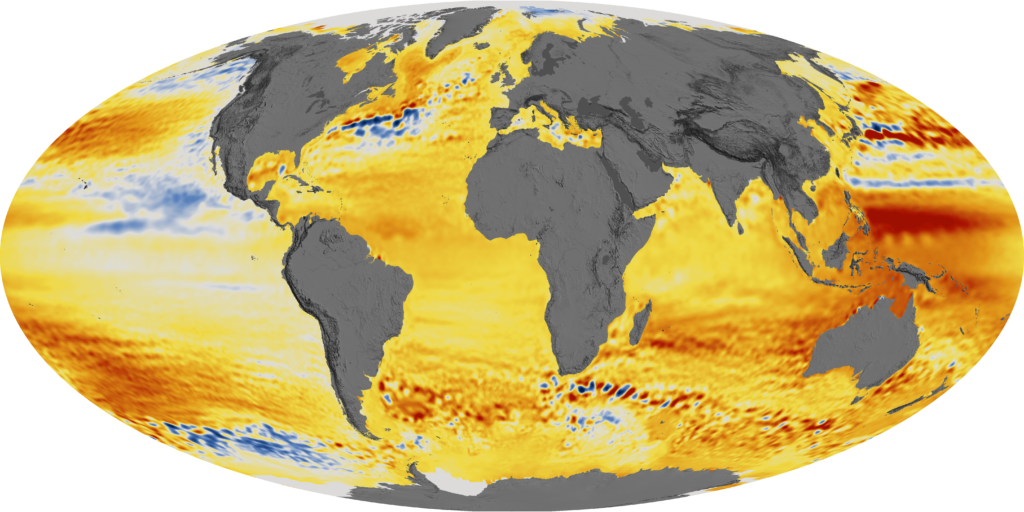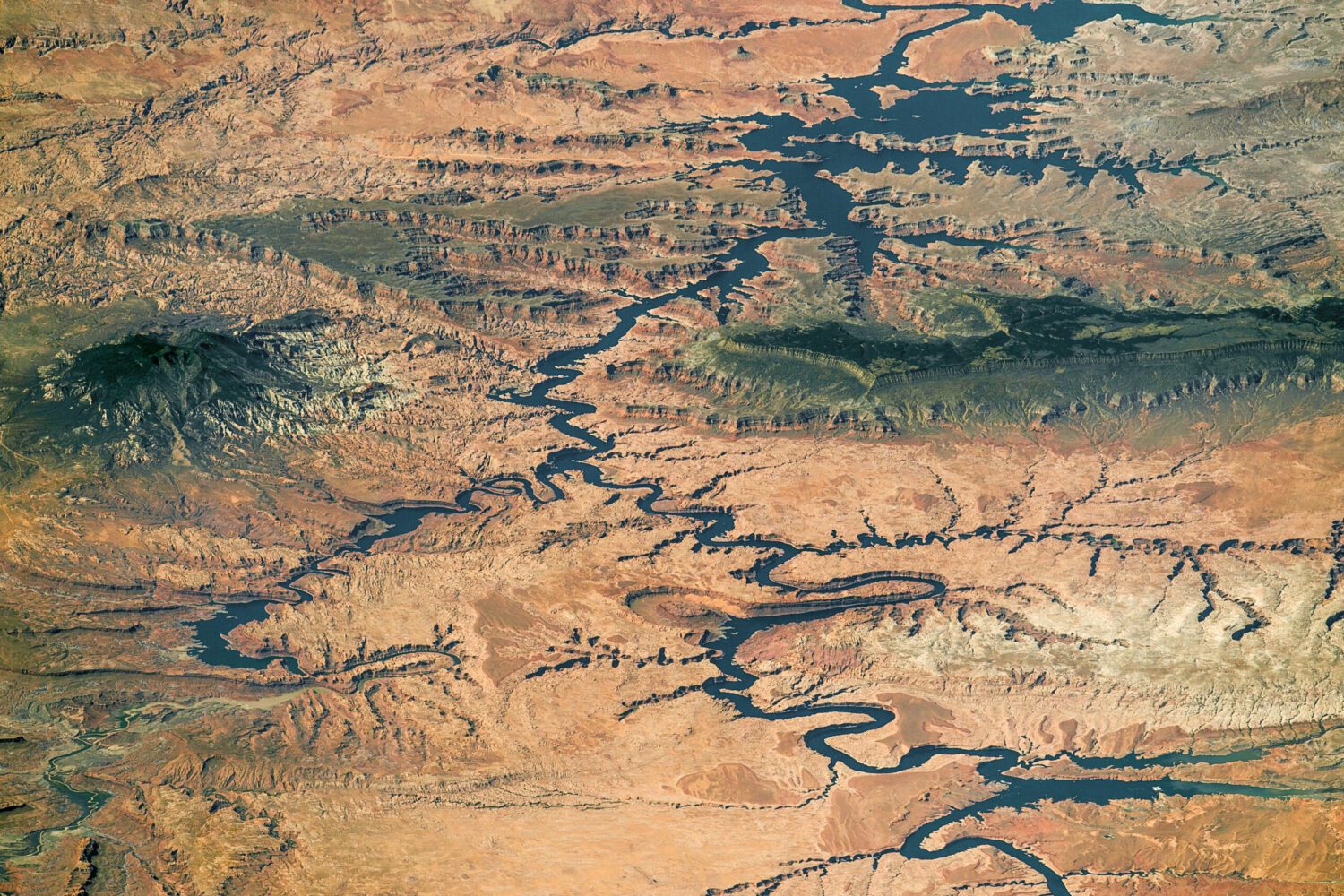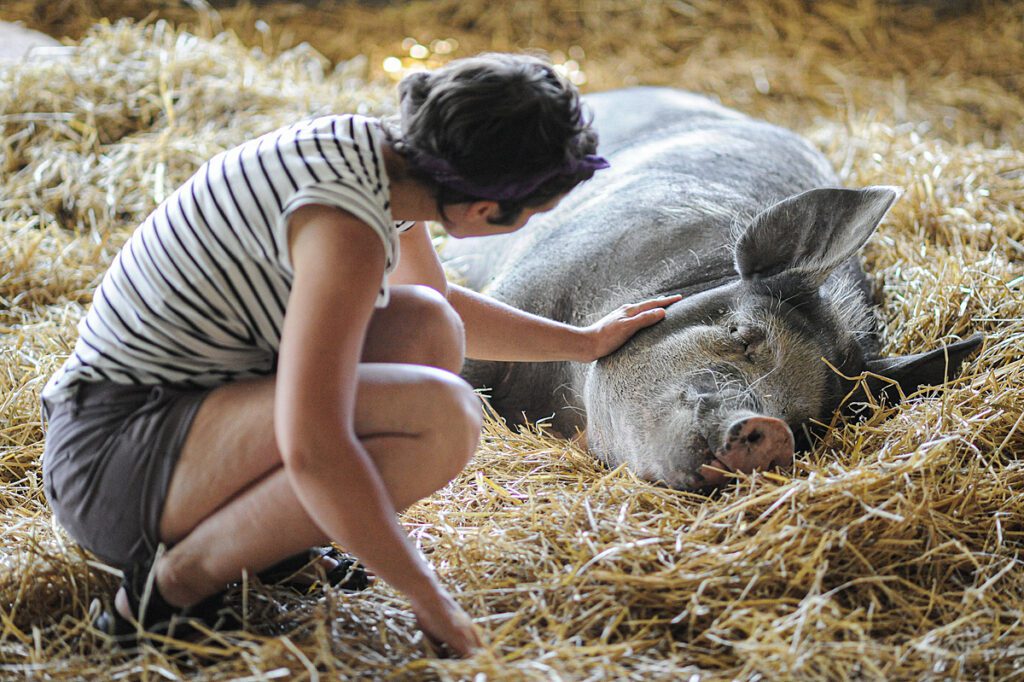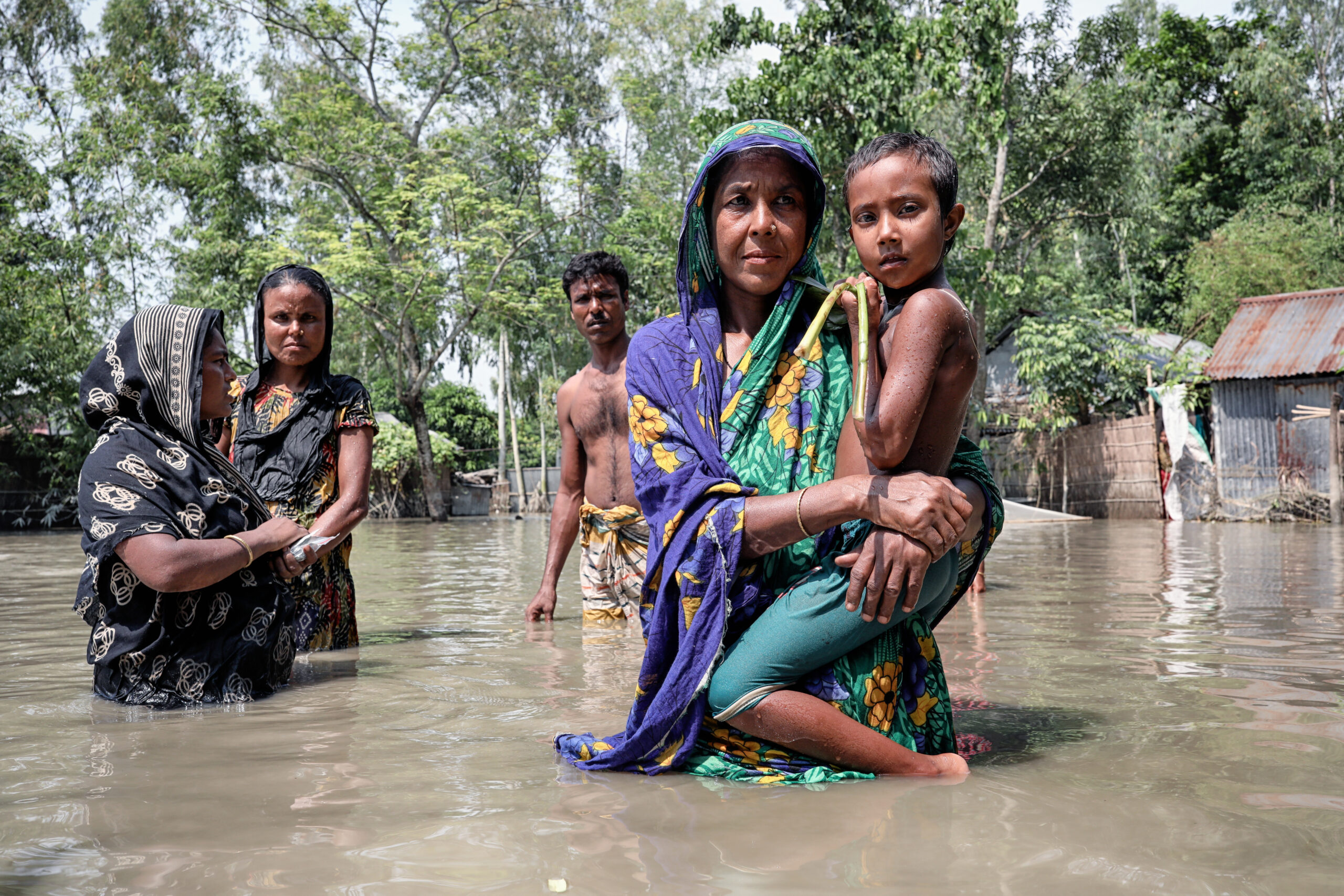


Almost half of the world’s children are seriously threatened by the rapidly deteriorating global climate.
By Reynard Loki, Independent Media Institute
7 min read
“Adults keep saying we owe it to the young people to give them hope. But I don’t want your hope,” said Swedish climate activist Greta Thunberg in 2019. “I don’t want you to be hopeful. I want you to panic. I want you to feel the fear I feel every day.” Now the famed young eco-warrior and Nobel Peace Prize nominee might get her wish as she, along with other youth activists, has collaborated with UNICEF—a United Nations agency working in more than 190 countries and territories to provide humanitarian and developmental aid to the world’s most disadvantaged children and adolescents—to launch an alarming new report that has found that a billion children across the world are at “extremely high risk” from the impacts of climate change.
Released ahead of the United Nations Climate Change Conference to be held in November in Glasgow, Scotland, and on the third anniversary of Fridays for Future (FFF), the youth-led global climate strike movement founded by Thunberg, “The Climate Crisis Is a Child Rights Crisis” is the first climate report to combine high-resolution geographic maps detailing global environmental and climate impacts with maps that show regions where children are vulnerable due to an array of stressors, including poverty and lack of access to education, health care or clean water. The report introduces the new Children’s Climate Risk Index (CCRI), a composite index that ranks nations based on children’s exposure to climate shocks, providing the first comprehensive look at how exactly children are affected by the climate crisis, offering a road map for policymakers seeking to prioritize action based on those who are most at risk. Nick Rees, a policy specialist at UNICEF focusing on climate change and economic analysis and one of the report’s authors, told the Guardian that “[i]t essentially [shows] the likelihood of a child’s ability to survive climate change.”
“For the first time, we have a complete picture of where and how children are vulnerable to climate change, and that picture is almost unimaginably dire. Climate and environmental shocks are undermining the complete spectrum of children’s rights, from access to clean air, food and safe water; to education, housing, freedom from exploitation, and even their right to survive. Virtually no child’s life will be unaffected,” said Henrietta Fore, UNICEF’s executive director. “For three years, children have raised their voices around the world to demand action. UNICEF supports their calls for change with an unarguable message—the climate crisis is a child’s rights crisis.”
In addition to finding that approximately 1 billion children—nearly half the world’s child population—live in countries that are at an “extremely high risk” from climate impacts, the report found that almost every single child on the planet has been exposed to at least one climate or environmental stressor, such as air pollution, flooding, heat waves, tropical storms, flooding or drought. Moreover, the report found that 850 million children—approximately one-third of the world’s child population—are exposed to four or more stressors.Specifically, the CCRI found that 1 billion children are “highly exposed” to “exceedingly high levels of air pollution,” 920 million to water scarcity, 820 million to heat waves, 815 million to lead pollution, 600 million to vector-borne diseases, 400 million to tropical storms, 330 million to riverine flooding, and 240 million to coastal flooding.
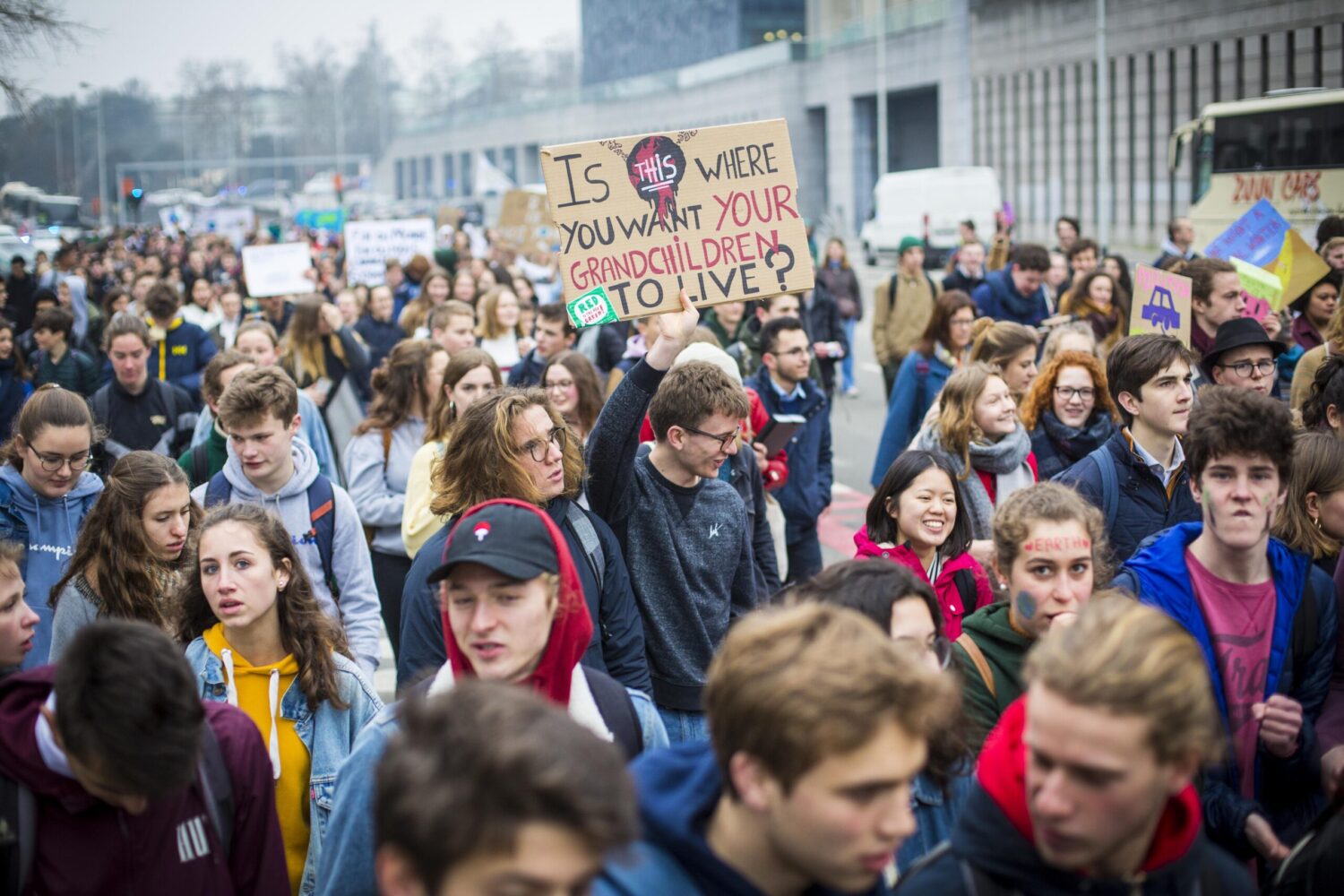
“Children bear the greatest burden of climate change. Not only are they more vulnerable than adults to the extreme weather, toxic hazards and diseases it causes, but the planet is becoming a more dangerous place to live,” write Thunberg and three other youth climate activists with FFF: Adriana Calderón from Mexico, Farzana Faruk Jhumu from Bangladesh and Eric Njuguna from Kenya, in the report’s foreword. “In 1989, virtually every country in the world agreed children have rights to a clean environment to live in, clean air to breathe, water to drink and food to eat. Children also have rights to learn, relax and play. But with their lack of action on climate change, world leaders are failing this promise,” add the four youth activists, all part of the international youth-led Fridays for Future global climate strike movement. “Our futures are being destroyed, our rights violated, and our pleas ignored. Instead of going to school or living in a safe home, children are enduring famine, conflict and deadly diseases due to climate and environmental shocks. These shocks are propelling the world’s youngest, poorest and most vulnerable children further into poverty, making it harder for them to recover the next time a cyclone hits, or a wildfire sparks.”
“One of the reasons I’m a climate activist is because I was born into climate change like so many of us have been,” Mitzi Jonelle Tan, a youth campaigner from the Philippines who also helped launch the UNICEF report, told the Guardian. “I have such vivid memories of doing my homework by the candlelight as typhoons raged outside, wiping out the electricity, and growing up being afraid of drowning in my own bedroom because I would wake up to a flooded room.”
In addition to detailing the climate risks facing the world’s children, the CCRI reveals a worrisome inequity regarding who must ultimately deal with the consequences of climate change. The 33 extremely high-risk countries for children—including the Central African Republic, Chad, Nigeria, Guinea and Guinea-Bissau—collectively are responsible for a mere 9 percent of global carbon dioxide emissions. This finding supports related research published in a 2020 report produced by Oxfam that found that the richest 1 percent of people are responsible for 15 percent of cumulative emissions—twice as much as the poorest half of the global population. “Climate change is deeply inequitable. While no child is responsible for rising global temperatures, they will pay the highest costs. The children from countries least responsible will suffer most of all,” said Fore.The UNICEF report’s authors connect this climate inequality to COVID-19, saying that the pandemic “has revealed the depth of what can go wrong if we do not listen to science and act rapidly in the face of a global crisis. It has laid bare the inequality that cuts across and within countries—the most vulnerable are often propelled further into poverty due to multiple risk factors, including poor access to vaccines, creating vicious cycles that are difficult to escape.”
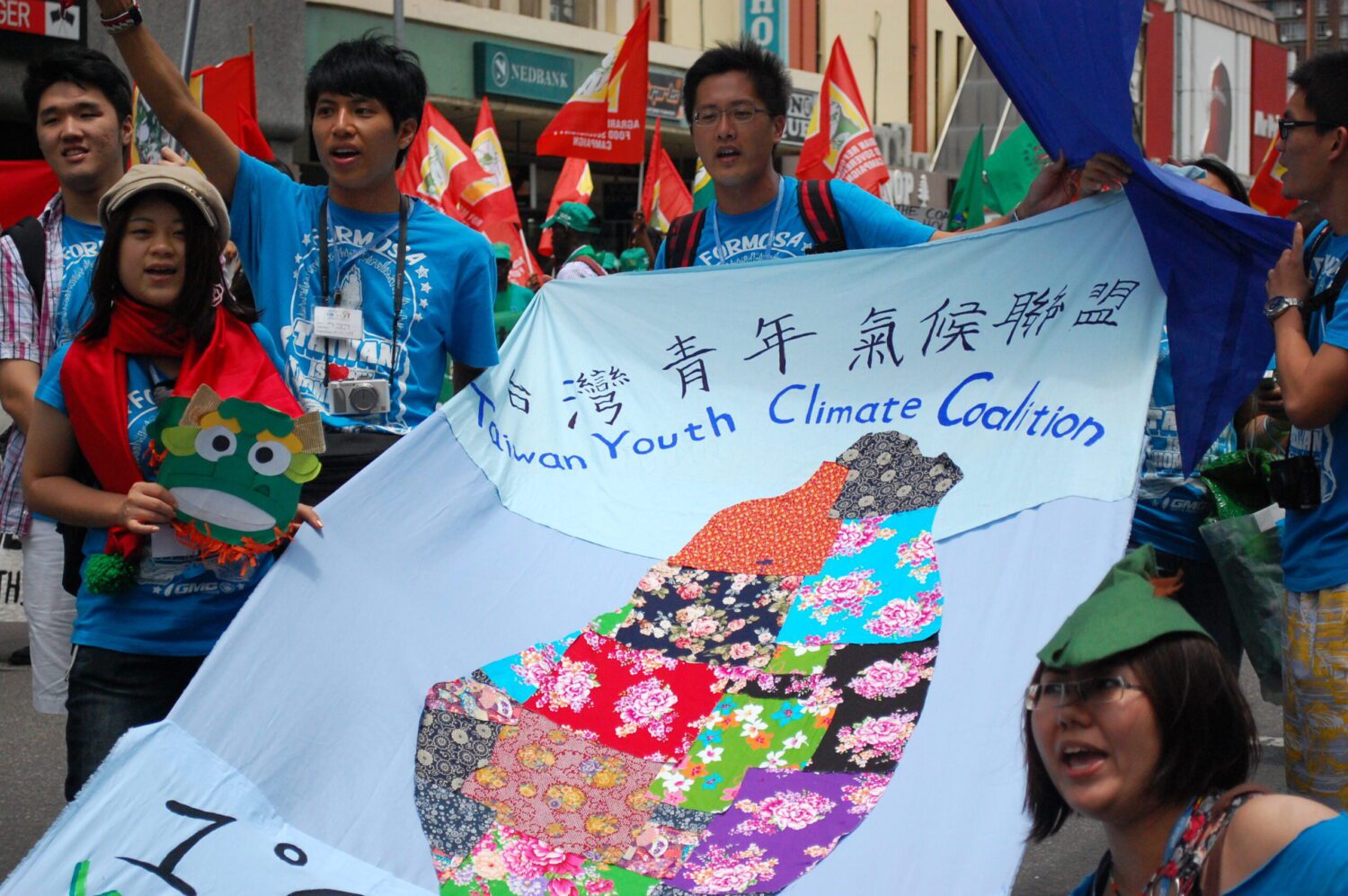
In order to avoid the worst impacts of climate change, global net man-made emissions of carbon dioxide must be nearly halved by 2030, and reach “net zero” by 2050, according to the Intergovernmental Panel on Climate Change (IPCC), the UN body for assessing the current state of the world’s climate science. The main problem is that the world’s nations are not meeting their targets to achieve these goals. In fact, a report released by the IPCC on August 9 found not only that climate change was “unequivocally” caused by human activity, but also that within two decades, rising temperatures will cause the planet to reach a significant turning point in global warming, with average global temperatures predicted to be warmer than 1.5 degrees Celsius above pre-industrial levels, causing more frequent and intense heat waves, droughts and extreme weather events. UN Secretary-General António Guterres called the IPCC’s discouraging findings a “code red for humanity.”
“Today we use 100 million barrels of oil every day. There are no politics to change that,” Thunberg declared in an address to some 10,000 people gathered for a climate demonstration in Helsinki, Finland, in 2018. “There are no rules to keep that oil in the ground, so we can’t save the world by playing by the rules because the rules have to change. Everything needs to change and it has to start today.”
In their report, UNICEF calls on governments and businesses to protect children from the climate crisis not only by reducing greenhouse gas emissions, but also by increasing investments in health and hygiene services, education and clean water; providing children with climate education and green skills; including young people in climate negotiations and decision making; and ensuring a “green, low-carbon and inclusive” COVID-19 recovery “so that the capacity of future generations to address and respond to the climate crisis is not compromised.”
In December of 2011, during the COP17 UN climate talks held in Durban, South Africa, activists marched through the streets calling for action in the negotiations. Christiana Figueres, who was at the time the executive secretary of the United Nations Framework Convention on Climate Change (where she later oversaw the establishment of the Paris climate agreement in 2015), told the marchers that the children have a single message for climate negotiators: “Do more, do more, do more.” A decade later, with the Earth’s atmosphere heating up at a rate unprecedented in the last two millennia and economists suggesting that the Paris agreement may be doomed to fail, it’s becoming painfully clear that the UN—and the world’s political and business leaders—didn’t do nearly enough.
“There is still time for countries to commit to preventing the worst, including setting the appropriate carbon budgets to meet Paris targets, and ultimately taking the drastic action required to shift the economy away from fossil fuels,” write the UNICEF report youth activists Thunberg, Calderón, Jhumu and Njuguna, who committed to the climate fight, even if it means missing more days at school. “We will strike again and again until decision-makers change the course of humanity… We must acknowledge where we stand, treat climate change like the crisis it is and act with the urgency required to ensure today’s children inherit a liveable planet.”
Take action…
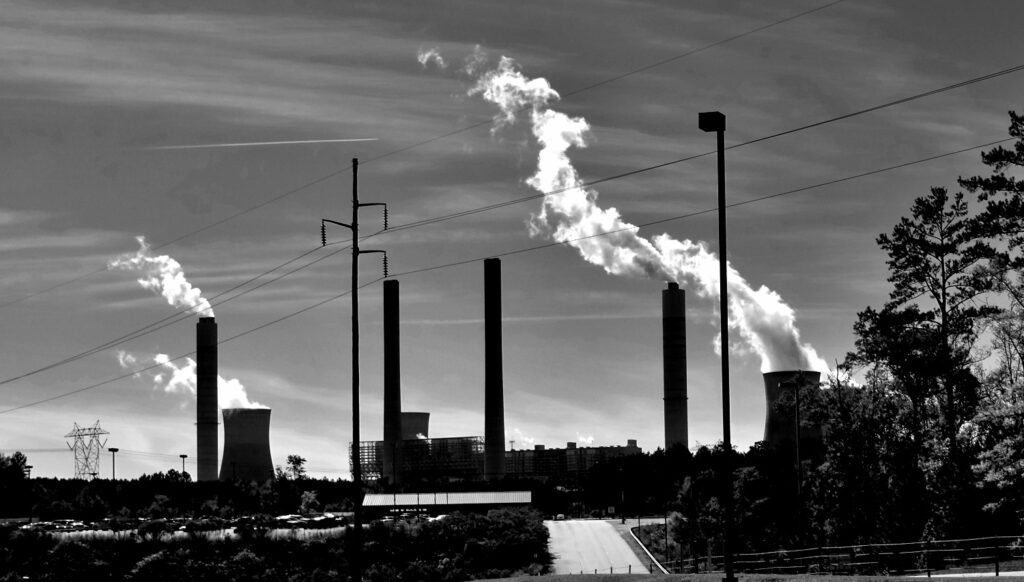
“Nitrogen oxides (NOx) pollution from power plants contributes to harmful particle pollution and smog, and puts children and those with asthma at special risk,” writes Moms Clean Air Force, a coalition of parents working to fight air pollution. “Many power plants either do not have modern pollution controls for NOx installed or are not operating their controls optimally.”
Urge the EPA to ensure that U.S. power plants are not spewing massive pollution unchecked across state lines.
Cause for concern…
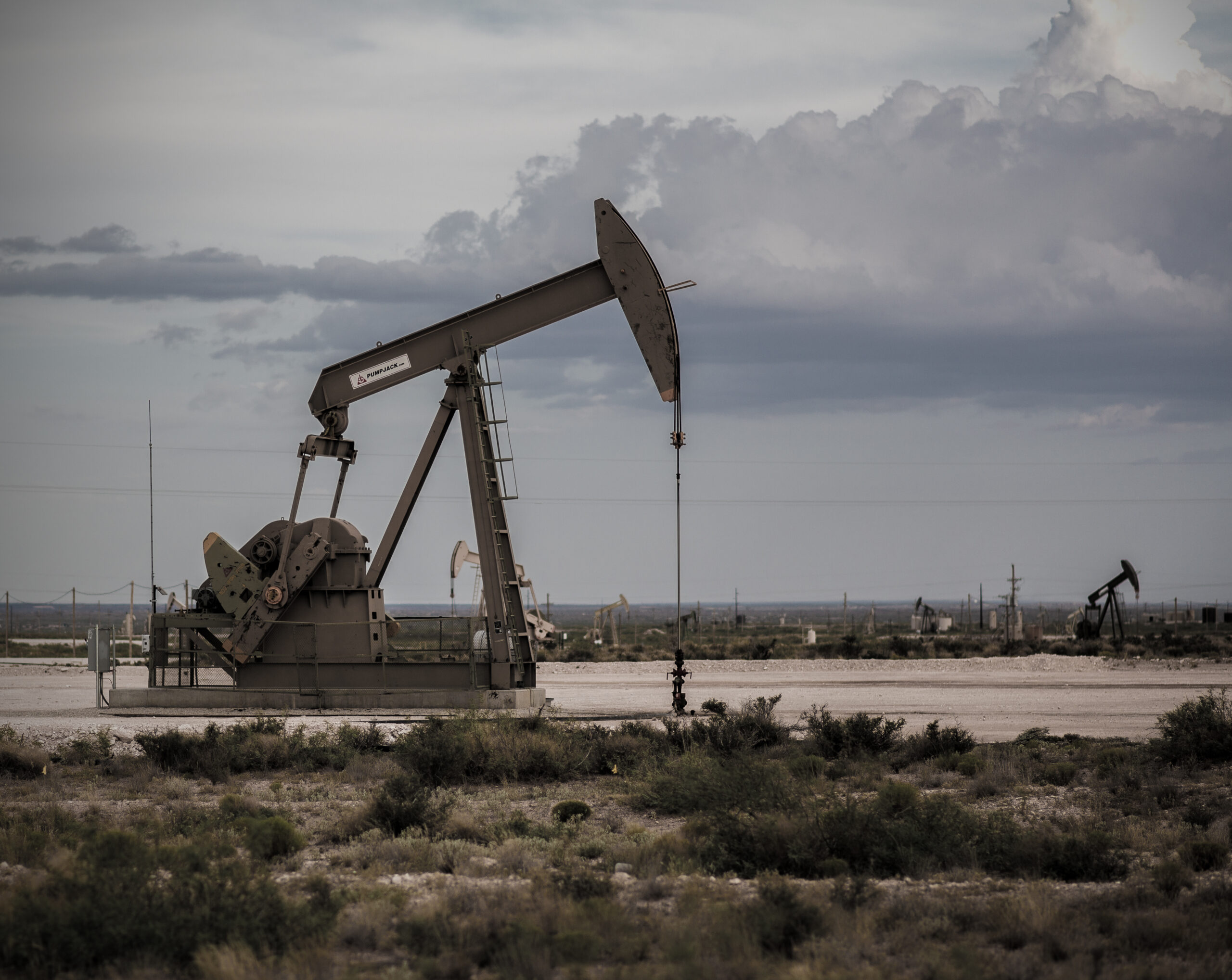
“A new analysis from Earthworks suggests that oil and gas producers in the Permian Basin in Texas, one of the largest oilfields in the world, are routinely emitting carbon dioxide and methane without the correct permits, with offenders including big names like Shell and Exxon,” reports Molly Taft for Earther.
- Texas is letting Shell, Exxon and other oil producers break the rules (Molly Taft, Earther)
- Rain fell on the peak of Greenland ice sheet for first time in history (Joe Hernandez, NPR)
- The Middle East is running out of water (Frederik Pleitgen, Claudia Otto, Angela Dewan and Mohammed Tawfeeq, CNN)
- Biden is sticking by Trump’s decision to lift protections for gray wolves across most of the U.S. (Matthew Brown and John Flesher, Associated Press)
- SeaWorld’s youngest orca dies suddenly (Hilary Hanson, HuffPost)
Round of applause…
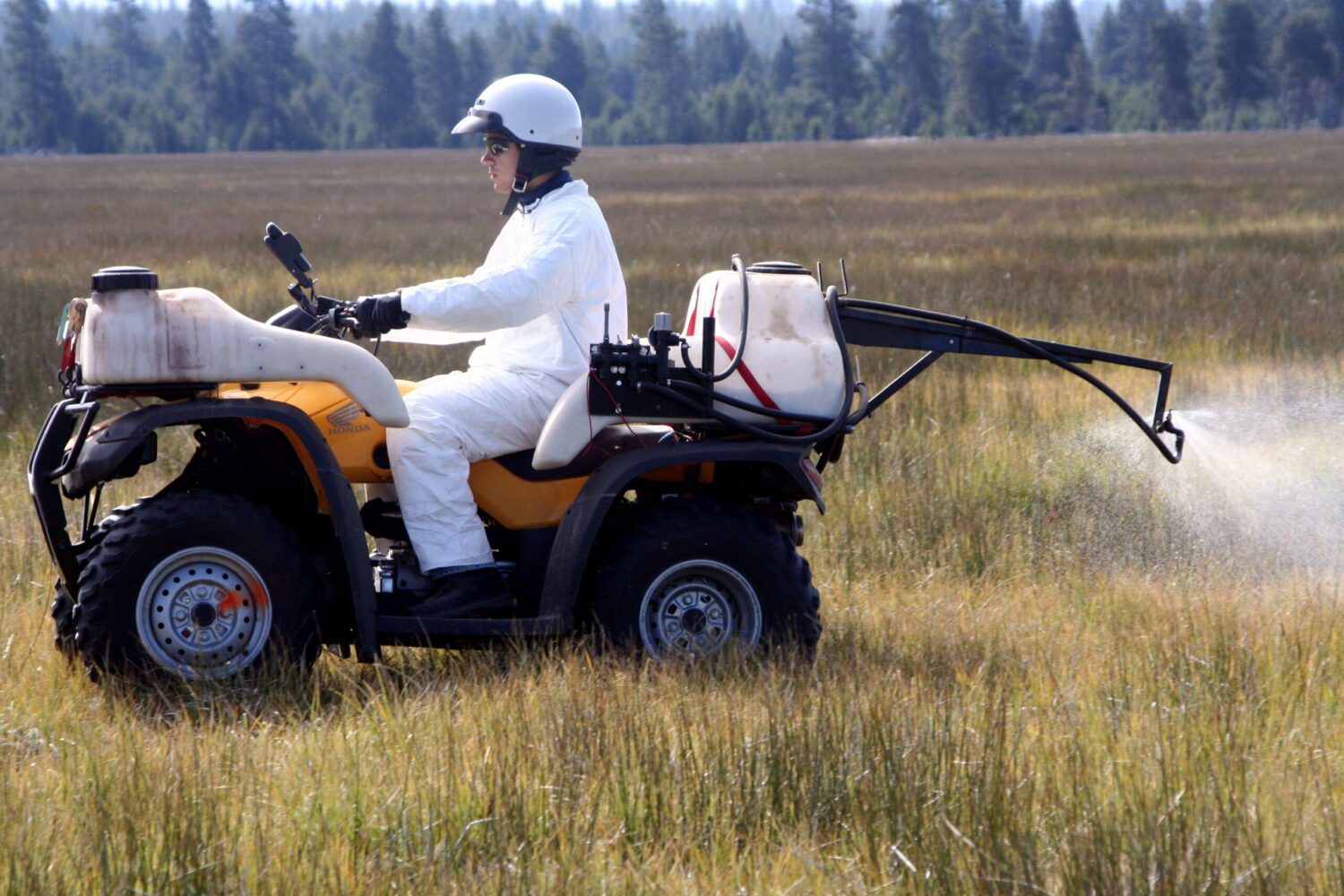
“A pesticide that’s been linked to neurological damage in children, including reduced IQ, loss of working memory, and attention deficit disorders, has been banned by the Biden administration following a years-long legal battle,” reports Vanessa Romo for NPR. “Health and labor organizations have been waging a campaign to revoke the use of chlorpyrifos for years. The EPA was considering a ban but under the Trump administration, the agency concluded there wasn’t enough evidence showing the harmful effects of the chemicals on humans and kept it on the market.”
- EPA to block chlorpyrifos, pesticide tied to neurological harm in children (Vanessa Romo, NPR)
- Interior Department to scrutinize climate impact of coal sales from U.S. lands (Matthew Brown, Associated Press)
- Court blocks vast Alaskan drilling project, citing climate dangers (Coral Davenport, New York Times)
- India’s first captive-bred endangered vultures set free (Kamakshi Ayyar, Guardian)
- Four great health benefits of a plant-based diet (Amy Capetta, Eat This, Not That!)
ICYMI…
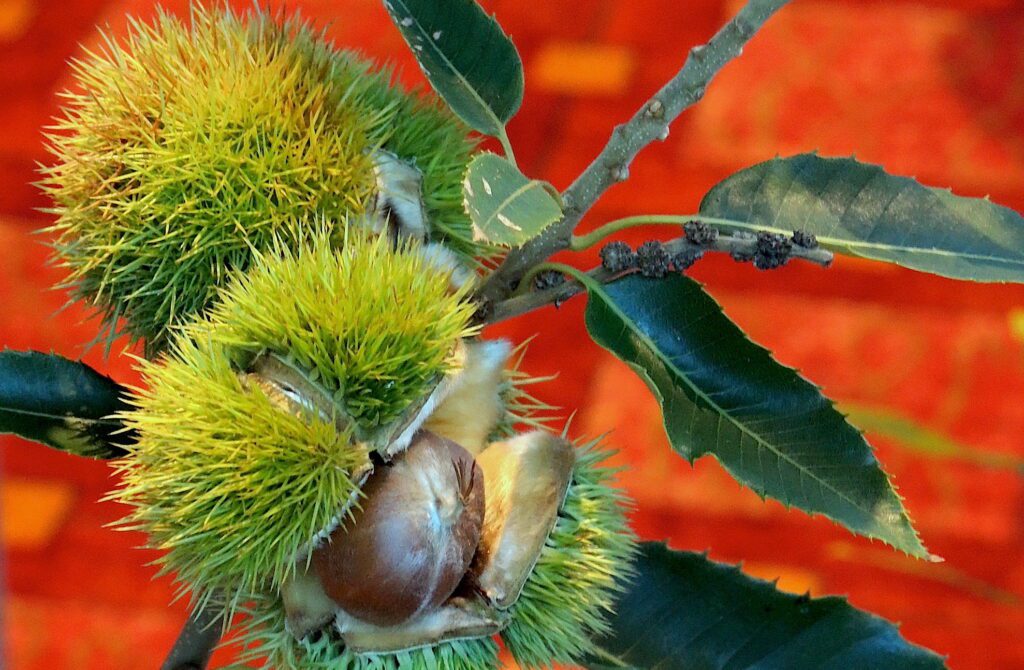
“On August 18, 2020, the U.S. Department of Agriculture (USDA) published a petition by researchers at the State University of New York College of Environmental Science and Forestry (ESF) seeking federal approval to release their genetically engineered (GE) Darling 58 (D58) American chestnut tree into U.S. forests. Researchers claim the transgenic D58 tree will resist the fungal blight that, coupled with rampant overlogging, decimated the American chestnut population in the early 20th century. In fact, the GE American chestnut is a Trojan horse meant to open the doors to commercial GE trees designed for industrial plantations.”
—EFL contributor Anne Petermann, “USDA May Allow Genetically Modified Trees to Be Released Into the Wild,” Truthout, April 18, 2021
Parting thought…

“My piece of bread only belongs to me when I know that everyone else has a share and that no one starves while I eat.” —Leo Tolstoy
Reynard Loki is a writing fellow at the Independent Media Institute, where he serves as the editor and chief correspondent for Earth | Food | Life. He previously served as the environment, food and animal rights editor at AlterNet and as a reporter for Justmeans/3BL Media covering sustainability and corporate social responsibility. He was named one of FilterBuy’s Top 50 Health & Environmental Journalists to Follow in 2016. His work has been published by Yes! Magazine, Salon, Truthout, BillMoyers.com, Counterpunch, EcoWatch and Truthdig, among others.
Earth | Food | Life (EFL) explores the critical and often interconnected issues facing the climate/environment, food/agriculture and nature/animal rights, and champions action; specifically, how responsible citizens, voters and consumers can help put society on an ethical path of sustainability that respects the rights of all species who call this planet home. EFL emphasizes the idea that everything is connected, so every decision matters.
Click here to support the work of EFL and the Independent Media Institute.
Questions, comments, suggestions, submissions? Contact EFL editor Reynard Loki at [email protected]. Follow EFL on Twitter @EarthFoodLife.


